Hi Hi! This super post is dedicated to the AN community of which I am now a member, I have entered a very old cave in the Leiria region to discover the mysteries of the caverns, how they are formed, how they are inside, I have budgeted a total of 80 euros and traveled 120km to give the community a post which will inspire many users, as curator of AN we want to see quality content, based on science! That's right ... The one that exercises our neurons! Get comfortable we are going to descend 110km underground to learn about "Gruta dos Mohinos Velhos"🥰🥰
Hola hola! este super post va dedicado a la comunidad AN de la cual ahora soy miembro, me he adentrado a una muy antigua cueva en la region de Leiria para descubrir los misterios de las cavernas, como se forman, como son dentro, he presupuestado un total 80euros y recorri 120km para darle a la comunidad un post de la cual sera inspiracion a muchos usuarios, como curador de AN queremos ver contenido de calidad, con base cientifica,! asi es... Ese que nos ejercita las neuronas! Ponte comodo vamos a desender 110km bajo suelo para aprender sobre "Gruta dos Mohinos Velhos"💧🌊💨💨
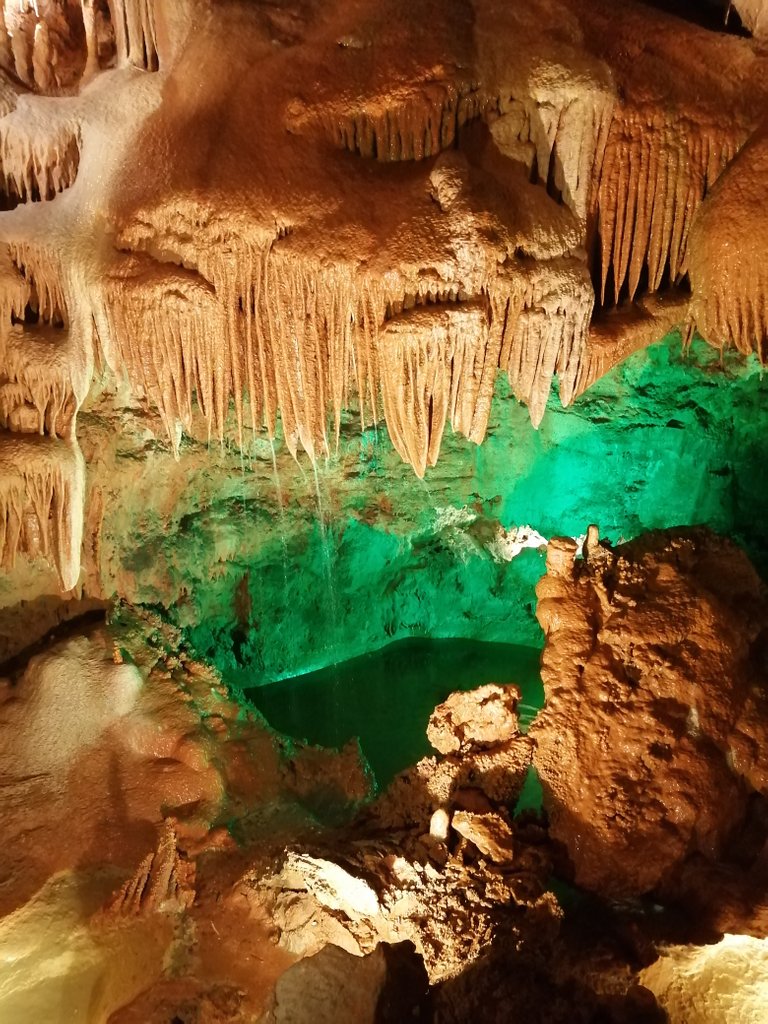
ROAD TO THE CAVE🚙🚙👨🏫🌺
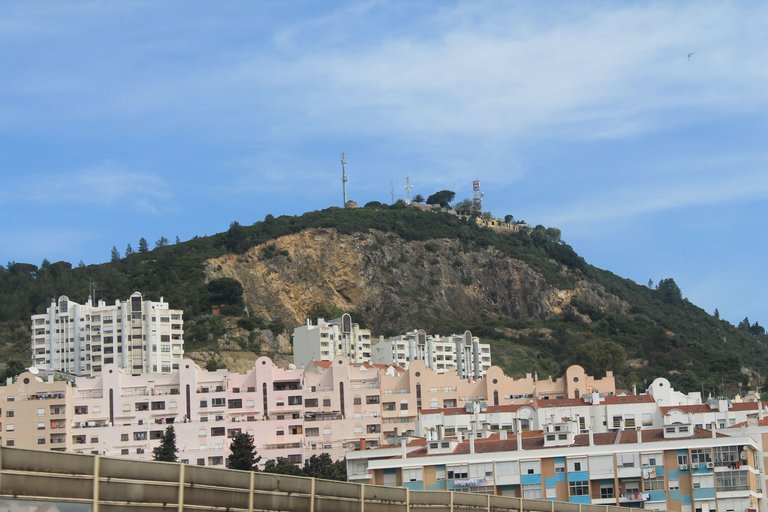

Plan two days in advance to go to the Gruta do Moinho Velho, the cave is located approximately 135km from Lisbon, we take the main road that leads to Porto, towards the Leiria region, if you want to make this particular tour you will spend around 80euros if you are accompanied!🤔🤔
Planifique con dos dias de antecedencia para ir a la Gruta do Moinho Velho, la cueva se ubica aproximadamente a unos 135km de Lisboa, tomamos la carretera principal que conduce a Porto, hacia la region de Leiria, si quieres realizar este recorrido en particular gastaras alrededor de 80euros si vas acompañado! 🤑🤑
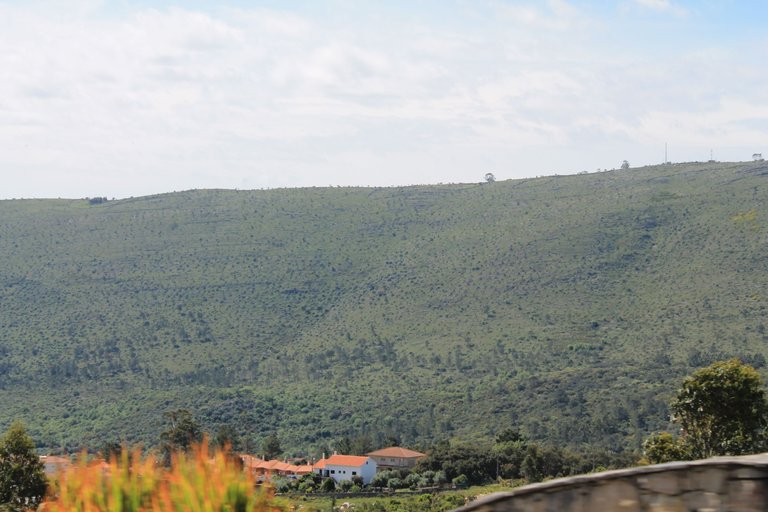

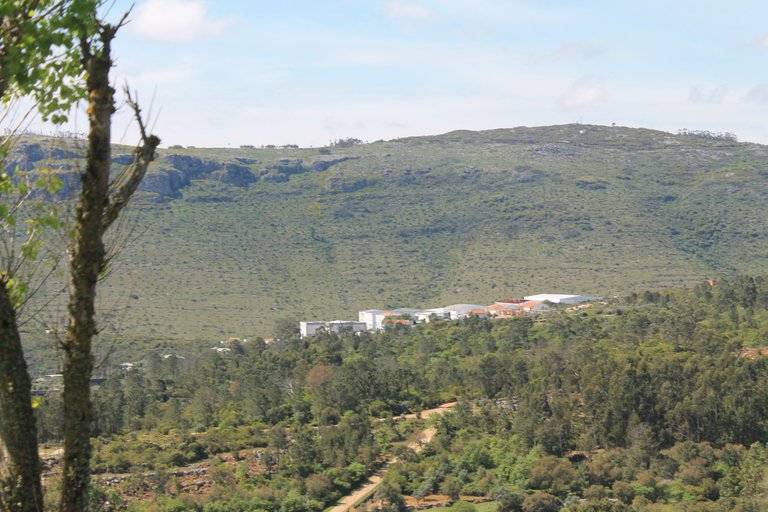

LEIRIA🚙🚙🚩👨🏫🌺
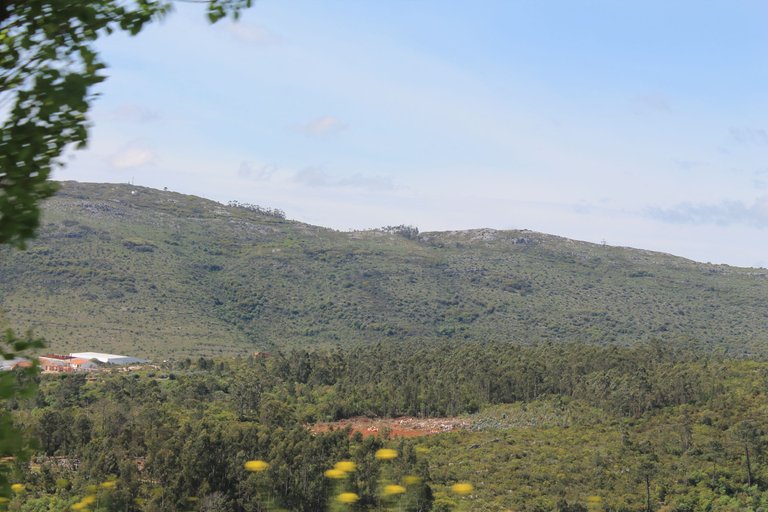
When we enter the city of Leiria we immediately feel that change of atmosphere, a colder climate, cleaner air, we see a mountainous area, with a lot of wind, so much so that Leiria is known for generating a lot of eloic energy, formerly it was a city full of windmills! Leiria is part of the province of Beira, whose main river "Lis" runs through the city.😮😮
Cuando entramos a la ciudad de Leiria sentimos inmediatamente ese cambio de atmosfera, un clima mas frio, un aire mas limpio, vemos una zona montañosa, con mucho viento, tanto que Leiria es conocida por generar mucha energia eloica, antiguamente era una ciudad llena de molinos de vientos! Leiria forma parte de la provincia de Beira, cuyo rio principal "Lis" atraviesa la ciudad.🚩🌋🗻🌄⛺

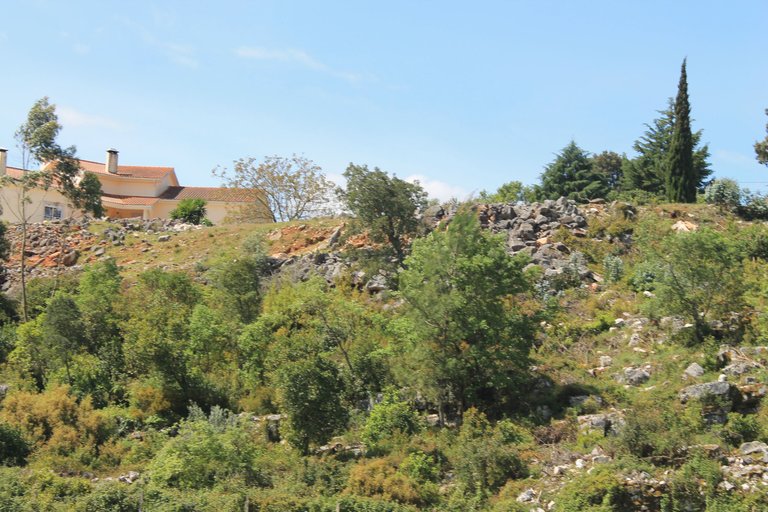
Leira was founded as a city in 1135, it passed into the history of Portugal because a famous battle took place in it, the Portuguese defeated the Spanish who wanted to invade Lisbon through Leiria, this battle happened in Aljubarrota, Leiria is also known for its beautiful Castle
Leira fue fundada como ciudad en 1135 paso a la historia de Portugal porque en ella se llevo a cabo una famosa contienda, los Portugueses derrotan a los Españoles que querian invadir Lisboa por Leiria, esta batalla sucedio en aljubarrota, Leiria tambien es conocida por su hermoso castillo

GRUTAS DE MIRA DE AIRE 🚙🚩🌏👨🏫
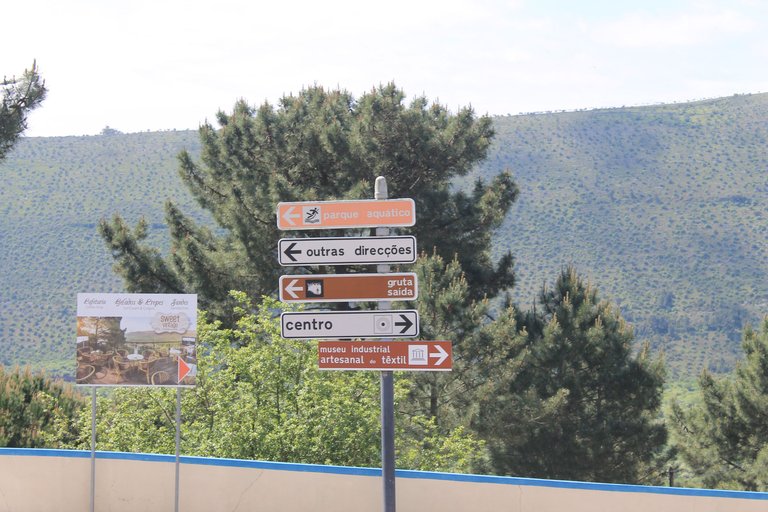
After an hour and a half of traveling we arrived at the cave, I had previously visited the cave of the coin, but they had told me that it was much larger and had much more scientific information! The Leiria area is made up of a set of underground caves, due to the type of soil it presents!🤯😬
Luego de una hora y media de recorrido llegamos a la cueva, anteriormente ya habia visitado la cueva de la moneda, pero me habian comentado que esta era mucho mas grande y poseia mucha mas informacion cientifica! la zona de Leiria esta compuesta por un conjunto de cuevas subterraneas esto por el tipo de suelo que presenta!😁😃
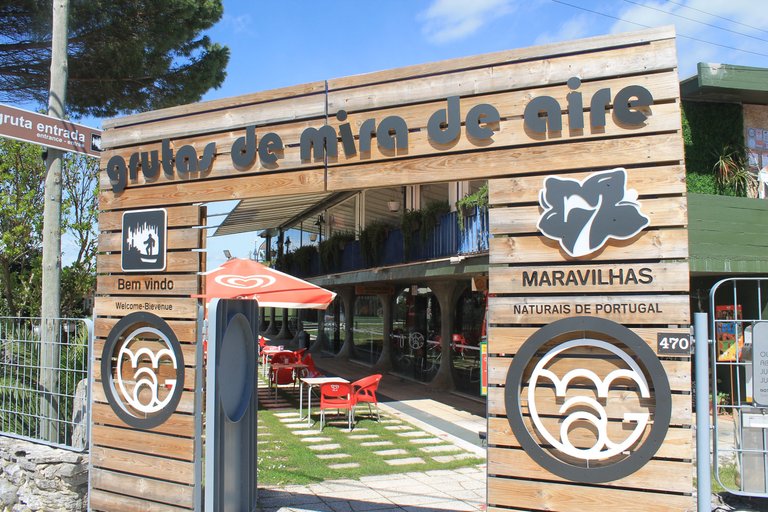
I would like to clarify an important issue, I have been a user in this very original platform I have been voted more than 4 times as the best post of the day! I am rich? not!!! because I spend ... I invest in the platform, as you also have my basic needs but if you make an effort and gather to also invest in post, you will recover your investment and create very good content for curators like me, we may be tempted to vote for you !!! yes ... I got here because I spent money to create a post where we can learn and enjoy together!😶😶
Me gustaría aclarar una tema importante, he sido un usuario en esta plataforma muy original he sido votado mas de 4 veces como mejor post del dia! soy rico? no!!! porque gasto... Invierto en la plataforma, como tu tambien tengo mis necesidades basicas pero si te esfuerzas y reunes para tambien invertir en post recuperaras tu inversion y creas contenido muy bueno para los curadores como yo nos sintamos tentados para votarte!!! si... Llegue aqui porque gaste dinero para crear un post en el que podamos aprender y disfrutar juntos!😮🤔🤭🧐
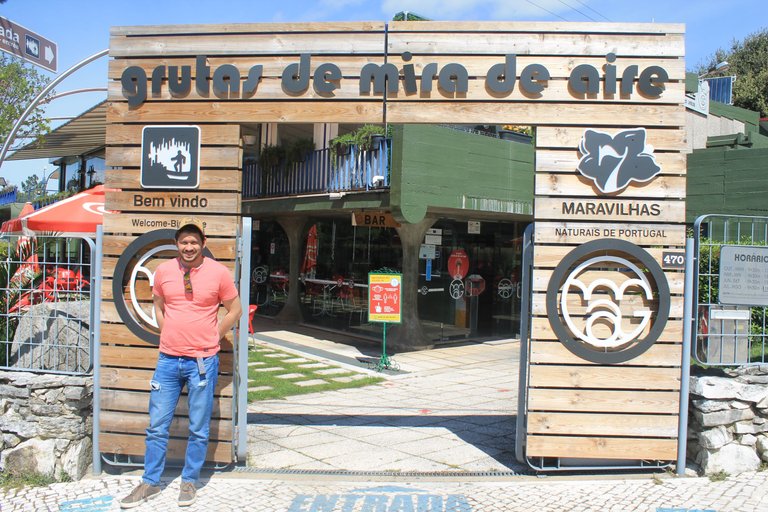
The central region of Portugal, between Rio Maior, Alcobaça, Porto de Mós, Batalha, Leiria, Ourém, Torres Novas and Alcanena, is occupied by limestone mountains, which constitute the Extremadura limestone massif. It includes two main mountains, that of Aire and Candeeiros.🤗🤗
La región central de Portugal, entre Rio Maior, Alcobaça, Porto de Mós, Batalha, Leiria, Ourém, Torres Novas y Alcanena, está ocupada por montañas calizas, que constituyen el macizo calizo extremeño. Incluye dos montañas principales, la de Aire y Candeeiros.🕵️♂️👨🏫

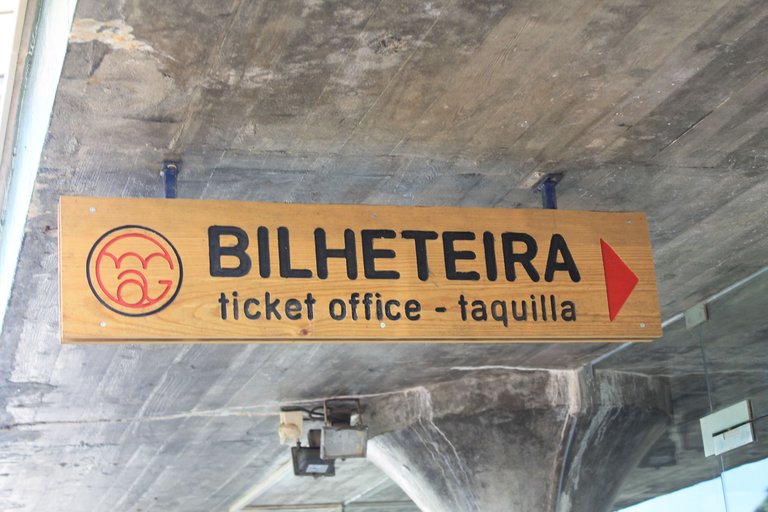

I was already very excited, I am a lover of this type of tourism, because in it you learn a lot! My first steps when I got to the cave was to go to the ticket office and buy two tickets, I paid 14euros for both of them! and you receive 2 tickets with two guides to learn a little about the route that is ahead!👨🎓👩🏫
Ya estaba muy excitado, soy amante de este tipo de turismo, porque en el se aprende mucho! mis primeros pasos cuando llegue a la cueva fue ir a la billeteria y comprar dos entradas, pague 14euros para los dos! y recibes 2 tikets con dos guias para aprender un poco sobre el recorrido que se nos viene mas adelante! 👨👩
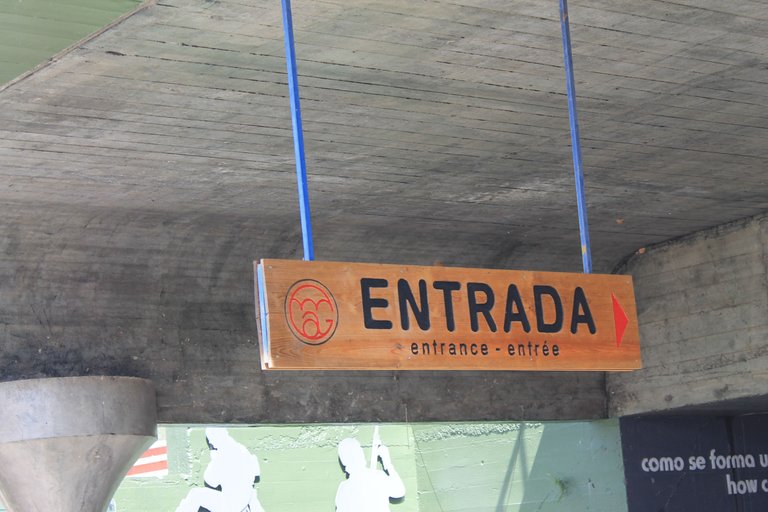
The cave has a guide who runs the tour every 20 minutes, the tour has a total duration of 40min! In the waiting period you can go to the park and visit a small garden with animals! We also have an area where the discoverers of the cave came down for the first time!😏😏
La cueva dispone de un guia que realiza el recorrido cada 20 minutos, el recorrido tiene una duracion total de 40min! en el lapso de espera puedes ir al parque y visitar un pequeño jardin con animales! ademas disponemos de un area donde los descubridores de la cueva bajaron por primera vez!🤓🤭🐾🐾

YARD / JARDIN🚙🚩💐🌸🌻🌏👨🏫

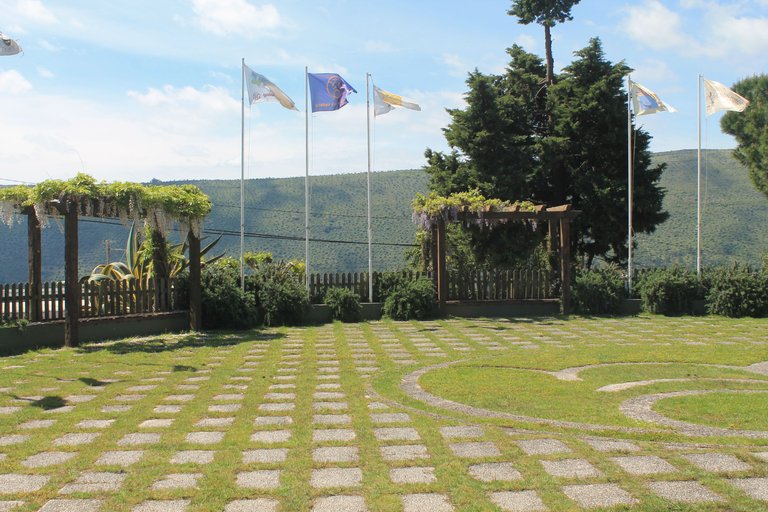
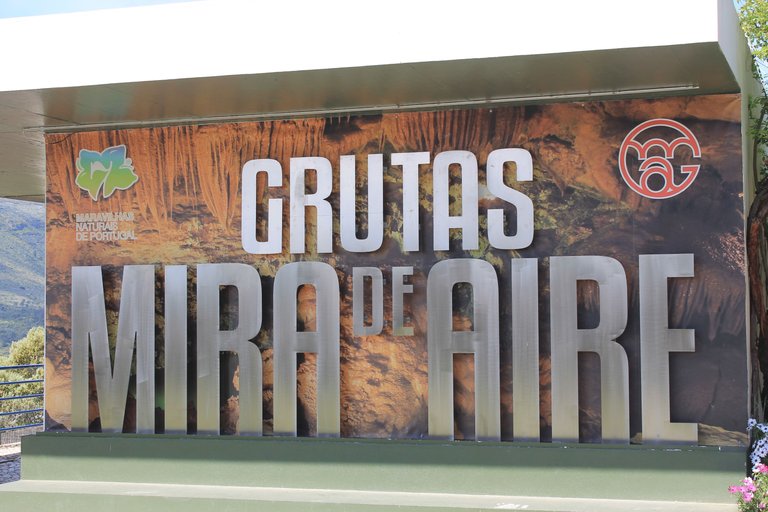
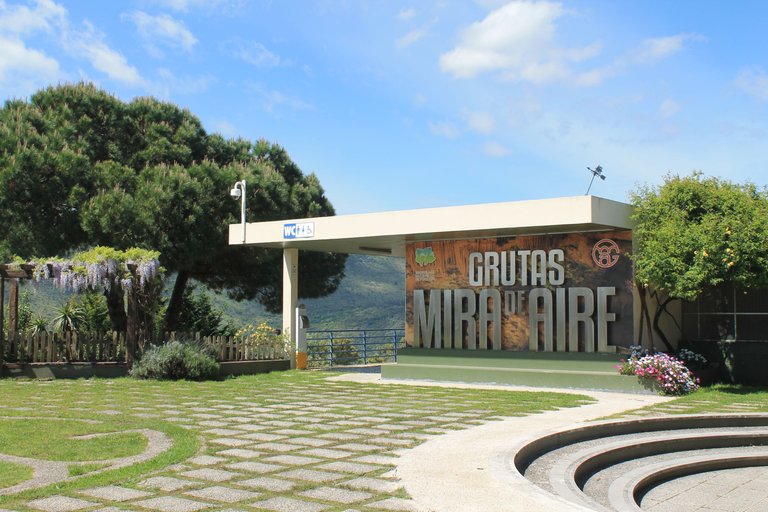
This region is characterized by not being crossed by any river, since the rainwater seeps almost completely in the cracks of the rock instead of running down the slopes and originating rivers. Unlike other rocks, limestone is dissolved in water. This sculptures curious formations, from simple tracery, small sinks, lunchboxes and sharp crests to the largest pedestrians, are called pencils by the scholars of these regions and are classified according to their origin, shape and dimensions.📙💡🔦
Esta región se caracteriza por no ser atravesada por ningún río, ya que el agua de lluvia se filtra casi por completo en las grietas de la roca en lugar de correr por las laderas y originar ríos. A diferencia de otras rocas, la piedra caliza se disuelve en agua. Estas esculturas de curiosas formaciones, desde simples tracerías, pequeños lavabos, loncheras y puntiagudas crestas hasta los peatones más grandes, son llamadas lápices por los estudiosos de estas regiones y se clasifican según su origen, forma y dimensiones.🚨⛽🌏
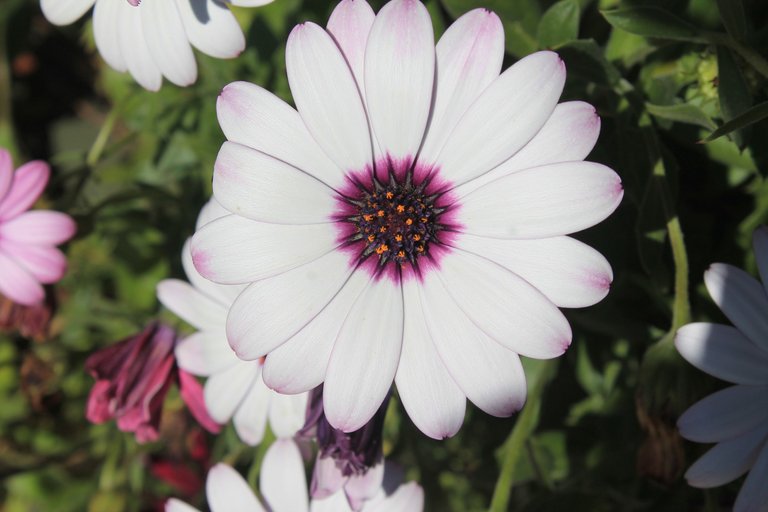
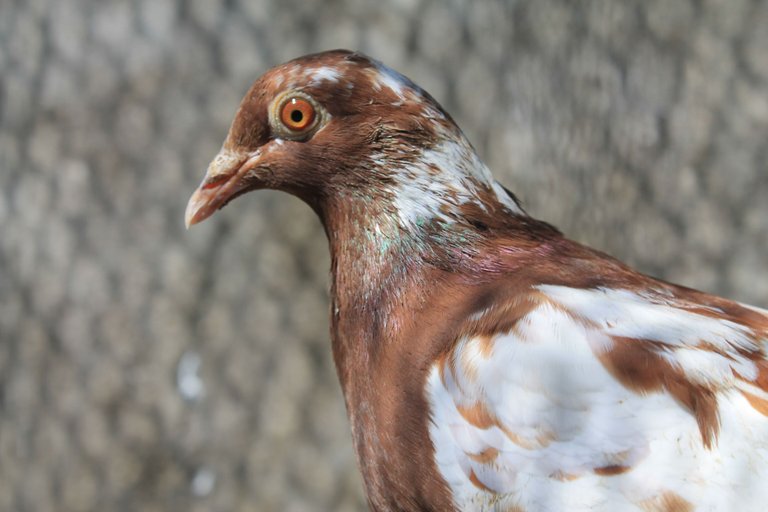
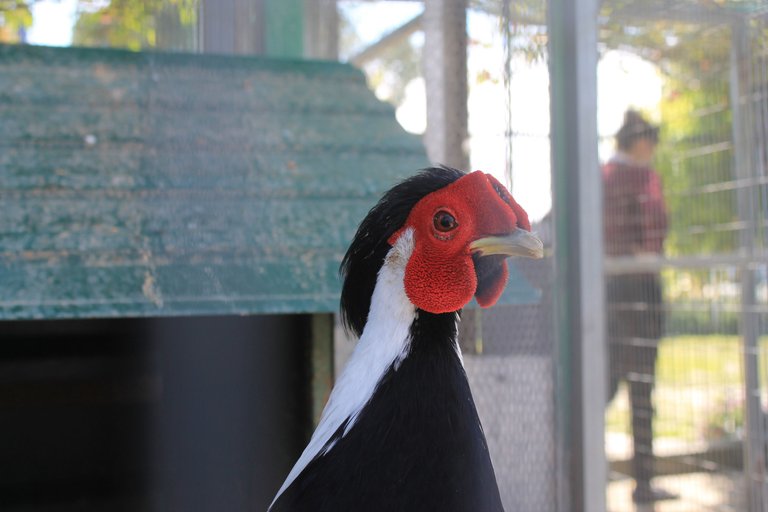
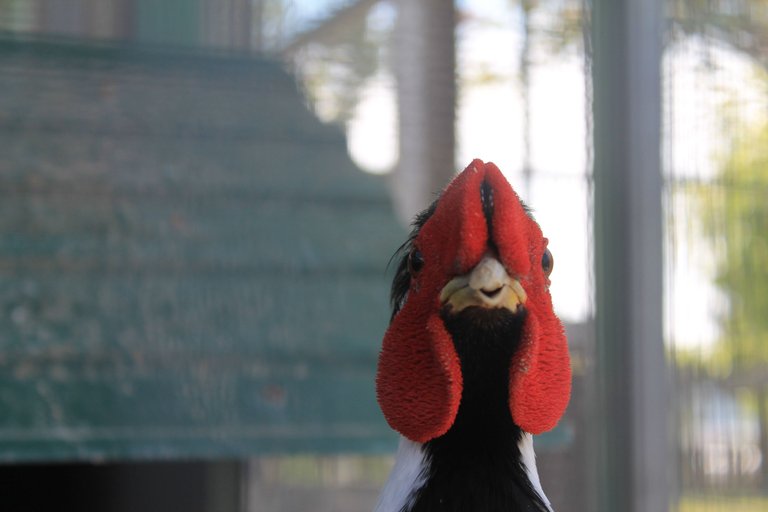
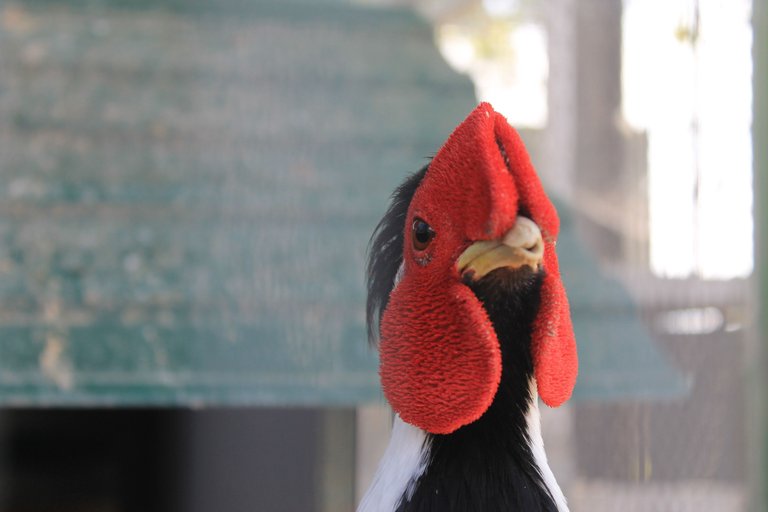
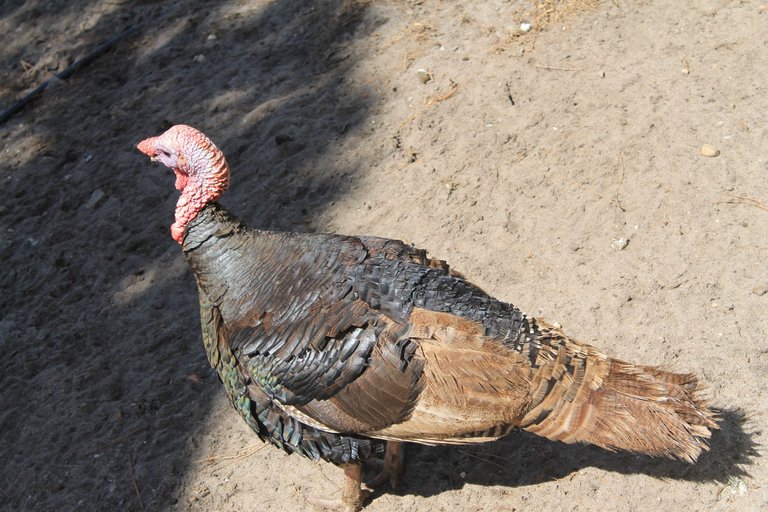
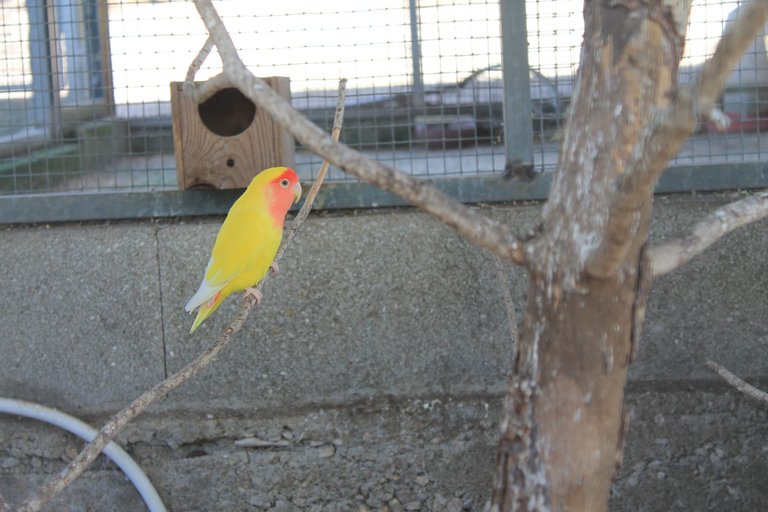
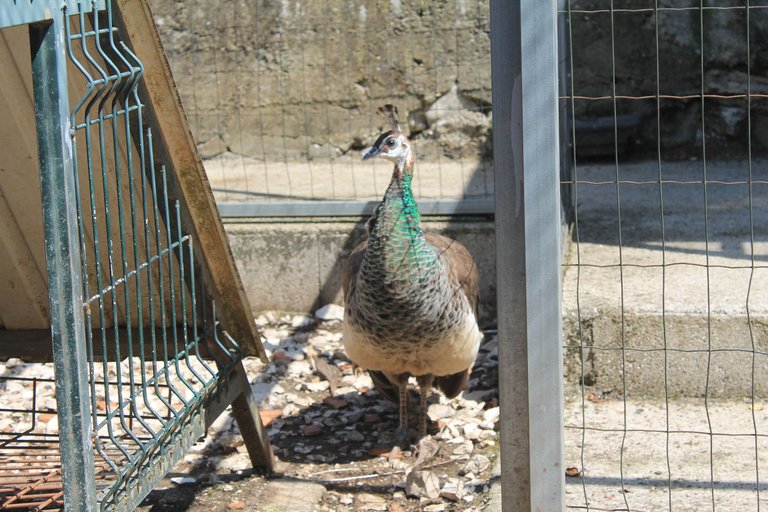
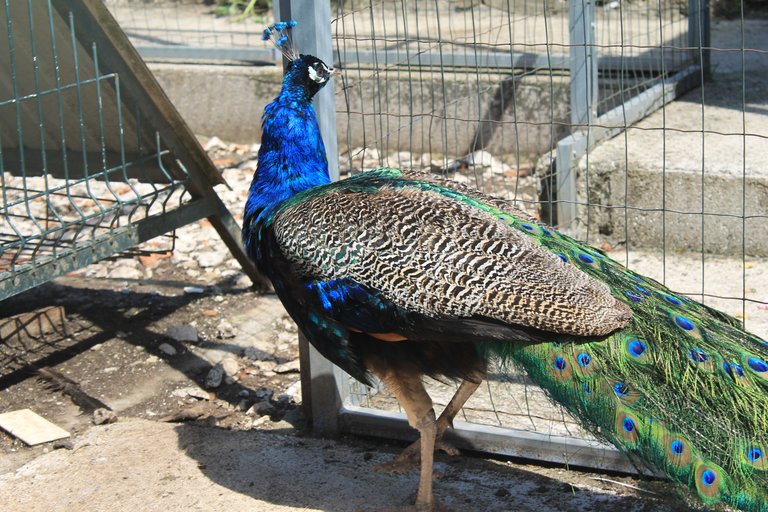
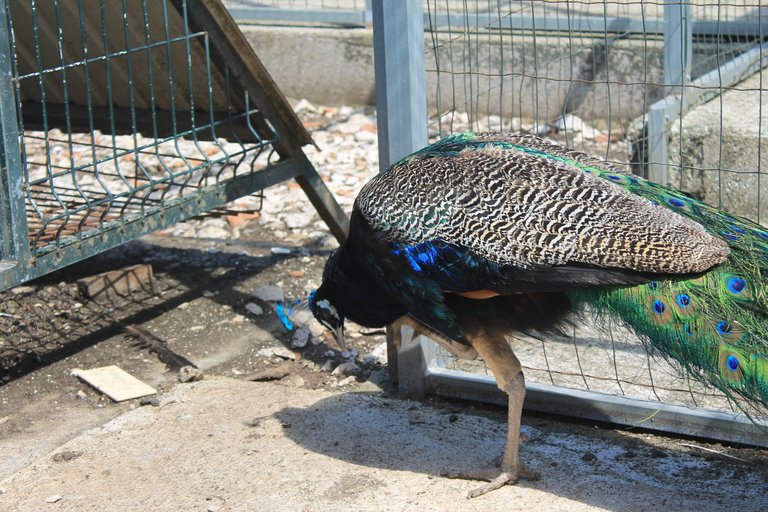
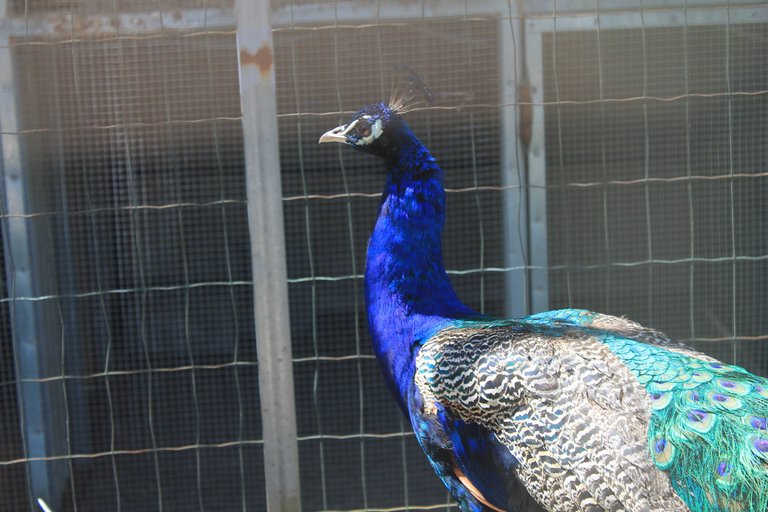
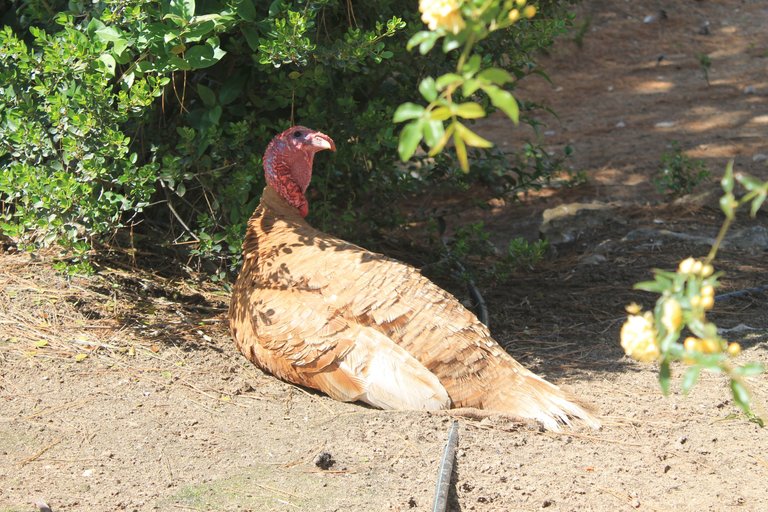
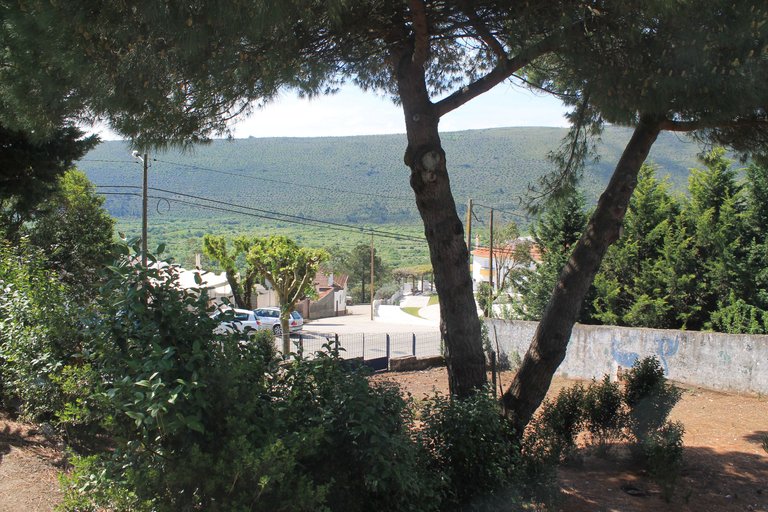

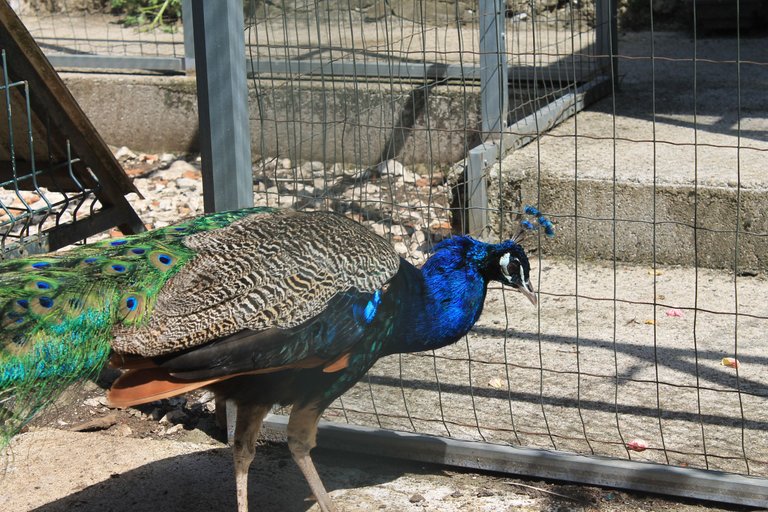
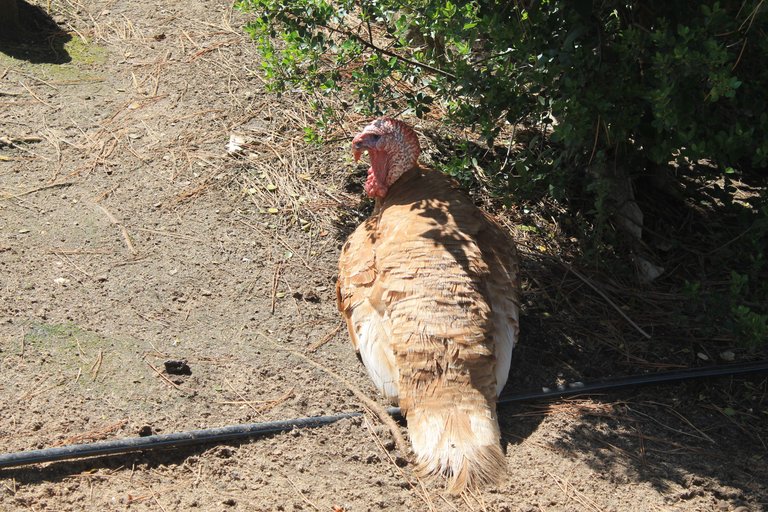
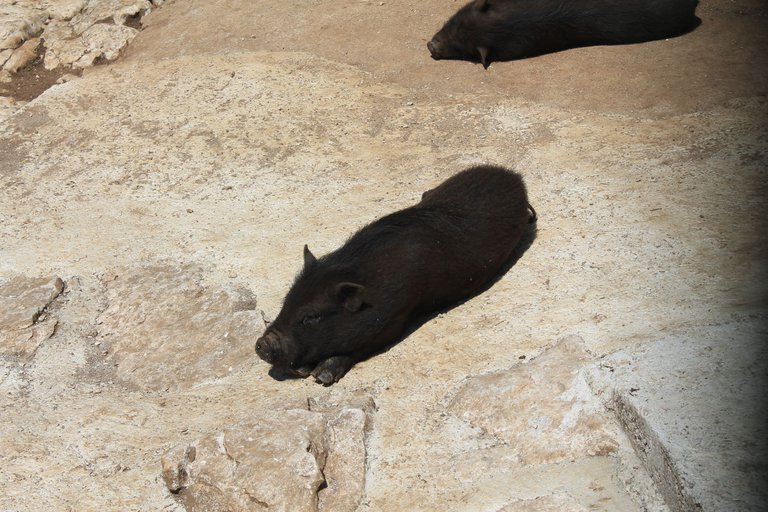
This area allows us to know a little about domestic animals, such as pigeons, peacocks, rabbits, pigs! and a great distraction for children, perhaps for us this topic is very interesting but a child is not very interested in Caves, so this area allows the little ones to have fun!😊😊
Esta area nos permite conocer un poco sobre animales domesticos, como palomas, pavo reales, conejos, puercos! y una gran distraccion para los niños, quizas para nosotros este tema es muy interesante pero un niño no se muestra muy interesado en Cuevas, asi que esta area permite divertir los mas pequeños!😃😂🧒👦👧👶

HISTORY🚙🚩💐🌸🌏👨🏫
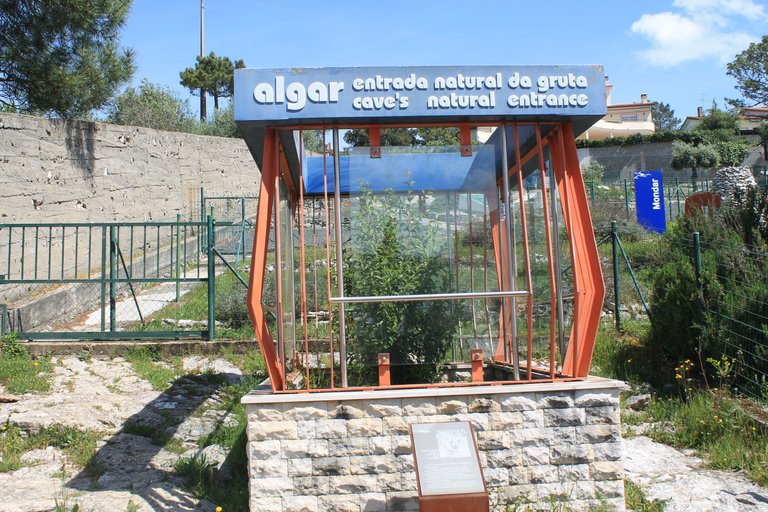
Another characteristic of the limestone regions is the existence of closed depressions with rocky slopes and the bottom covered by red clayey soils. In the region, these depressions are sometimes determined by pit holes while the red soils are known as FELGAR. Scientists call dolphins the closed depressions and terra rossa those soils typical in all the limestone regions of the Mediterranean. Unlike the pias, of bare and scaled rock, which only goats dare to travel, dolines are the rare places where it is possible to farm, dry corn, potatoes and other species that do not require a lot of water, they are the favorites of the farmers.🕵️♀️👨🏫👨🎓
Otra característica de las regiones calizas es la existencia de depresiones cerradas con pendientes rocosas y el fondo cubierto por suelos arcillosos rojos. En la región, estas depresiones a veces están determinadas por pozos, mientras que los suelos rojos se conocen como FELGAR. Los científicos llaman a los delfines las depresiones cerradas y terra rossa a los suelos típicos de todas las regiones calizas del Mediterráneo. A diferencia de las pias, de roca desnuda y escamosa, que solo las cabras se atreven a recorrer, las dolinas son los raros lugares donde es posible cultivar, secar maíz, papas y otras especies que no requieren mucha agua, son las favoritas de los agricultores.🙂🙂
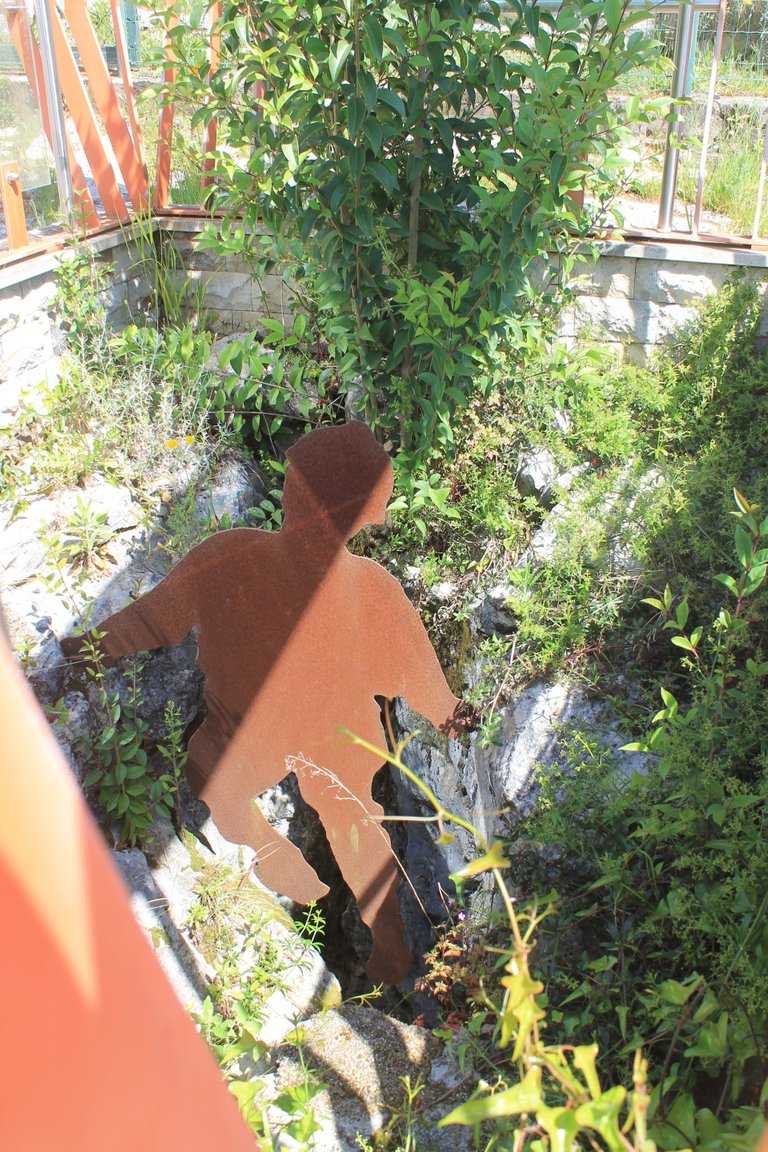
1947 - The first men to enter the cave launched thick ropes and, on pulse, went down to a small gallery. Advancing two dozen meters, they found themselves as if in an open window on a precipice. What existed in front, the low light of the gasometer did not allow to see clearly. Something like a large room shrouded in the most complete darkness, echoed their voices and the sound of stones throwing.
1947 - Los primeros hombres en entrar en la cueva lanzaron gruesas cuerdas y, siguiendo el pulso, bajaron a una pequeña galería. Avanzando dos docenas de metros, se encontraron como en una ventana abierta en un precipicio. Lo que existía al frente, la poca luz del gasómetro no permitía ver con claridad. Algo así como una gran habitación envuelta en la más completa oscuridad, hizo eco de sus voces y el sonido de los lanzamientos de piedras.

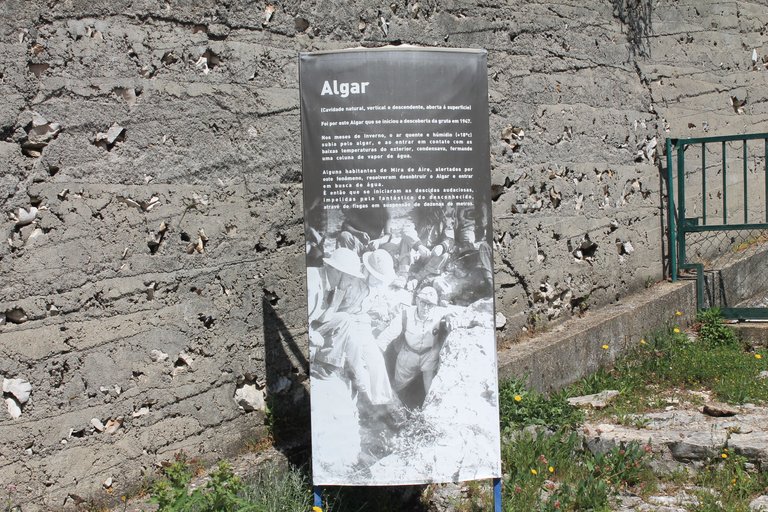
A few days later, they returned with more ropes and went down to the first room where its immensity barely showed the walls and stalactites that hung from the ceiling. The news of this discovery that was unparalleled in anything known in the region reached Lisbon where speleologists who prepared the formation of a Scientific Society for the study of the Caves took place. Mira de Aire started to welcome a large number of cavers and lived with them. Many were able to visit the new discovered cave and photographs of the expeditions were spread across the land. Through the exploration of the back of the room and some recesses in the walls, the secret for the continuation of the cave was discovered, an opening in a level accessible only by a narrow and slippery path along the wall, called "Pulpit". Beyond this is a very steep ramp that gave way to a well about 20 meters deep, the 2nd Well.😏😏
Unos días después, regresaron con más cuerdas y bajaron a la primera habitación donde su inmensidad apenas dejaba ver las paredes y estalactitas que colgaban del techo. La noticia de este descubrimiento que no tenía parangón en nada conocido en la región llegó a Lisboa donde tuvo lugar los espeleólogos que prepararon la formación de una Sociedad Científica para el estudio de las Cuevas. Mira de Aire empezó a acoger a un gran número de espeleólogos y convivió con ellos. Muchos pudieron visitar la cueva recién descubierta y las fotografías de las expediciones se difundieron por todo el país. A través de la exploración del fondo de la habitación y algunos recovecos en las paredes, se descubrió el secreto de la continuación de la cueva, una abertura en un nivel accesible solo por un camino estrecho y resbaladizo a lo largo de la pared, llamado "Púlpito". Más allá hay una rampa muy empinada que daba paso a un pozo de unos 20 metros de profundidad, el 2º Pozo.😮😮

1949 - The construction of a wooden winch that unwound a 30 meter sisal rope allowed speleologists to overcome this well, with the subsequent descents being made by stairs, first with steel cables and wooden steps, and then with brass steps . At the base of this one began a course of more than 500 meters, called "Galeria Grande" and with a varied topography and landscape. In this route, one can see the "Fonte das Pérolas", the "Galerias do Polvo", the "Órgão", and the "Rio Negro" that gave access to the "Areal" at the bottom of the Galeria Grande.😙😚
1949 - La construcción de un cabrestante de madera que desenrollaba una cuerda de sisal de 30 metros permitió a los espeleólogos superar este pozo, siendo los posteriores descensos por escaleras, primero con cables de acero y peldaños de madera, y luego con peldaños de latón. En la base de ésta se iniciaba un recorrido de más de 500 metros, denominado "Galería Grande" y con una variada topografía y paisaje. En esta ruta, se puede ver la "Fonte das Pérolas", las "Galerias do Polvo", el "Órgão" y el "Río Negro" que daba acceso al "Areal" al pie de la Galería Grande.🕵️♀️🕵️♂️
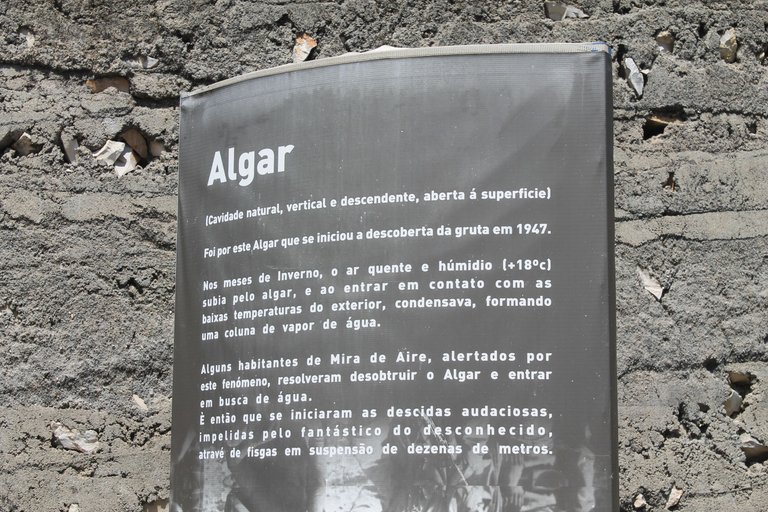
50's and 60's - More prolonged campaigns demand the creation of camps inside the Grotto. Of these, it was possible to reach the "Siphon of the Sands", "Concha" and "Labirinto" until the "Poço Final" was discovered and thus the first topographic survey of the Grotto could be elaborated. The desire to show this wonder of nature to the public was beginning to grow and so that everyone could enjoy it, hundreds of meters of wooden platforms and stairs were designed and built, from the entrance to the Siphon of the Sands. 1970s - With a view to the new tourist use of the cave, with better conditions of comfort and safety, a company was created that explores it from Sala Grande to the main parts of Galeria Grande. The opening to the public is made on August 11, 1974.😍😍
Años 50 y 60 - Campañas más prolongadas exigen la creación de campamentos dentro de la Gruta. De estos, se pudo llegar al "Sifón de las Arenas", "Concha" y "Labirinto" hasta que se descubrió el "Poço Final" y así se pudo elaborar el primer levantamiento topográfico de la Gruta. El deseo de mostrar al público esta maravilla de la naturaleza comenzaba a crecer y para que todos pudieran disfrutarla se diseñaron y construyeron cientos de metros de tarimas y escaleras de madera, desde la entrada al Sifón de las Arenas. Década de 1970 - Con miras al nuevo uso turístico de la cueva, con mejores condiciones de comodidad y seguridad, se crea una empresa que la explora desde la Sala Grande hasta los principales espacios de la Galería Grande. La apertura al público se realiza el 11 de agosto de 1974.😮😮
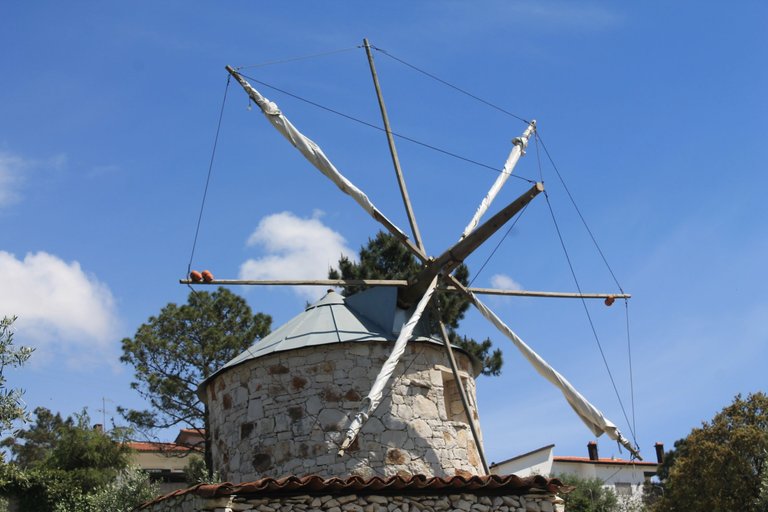

2007 - An expedition by the Portuguese Speleology Society enters the Galeria do Rio Negro, taking advantage of the low water level, and manages to add more than 1 km of new galleries that go into the interior of the Planalto de S. Mamede to the total layout of the Grotto. This Grotto (Moinhos Velhos) together with the Gruta da Pena and the Gruta da Contenda is part of a large system of galleries of more than 11 km. During the rainy winters, the waters of this system join the waters of the source of Olho de Mira and Regatinho, thus flooding the great closed depression (Polje Mira-Minde) existing between the towns of Mira de Aire and Minde.😁😁
2007 - Una expedición de la Sociedad Portuguesa de Espeleología ingresa a la Galería do Rio Negro, aprovechando el bajo nivel del agua, y logra sumar más de 1 km de nuevas galerías que se adentran en el interior del Planalto de S. Mamede al total diseño de la Gruta. Esta Gruta (Moinhos Velhos) junto con la Gruta da Pena y la Gruta da Contenda es parte de un gran sistema de galerías de más de 11 km. Durante los inviernos lluviosos, las aguas de este sistema se unen a las aguas de la fuente de Olho de Mira y Regatinho, inundando así la gran depresión cerrada (Polje Mira-Minde) existente entre las localidades de Mira de Aire y Minde.😏😏
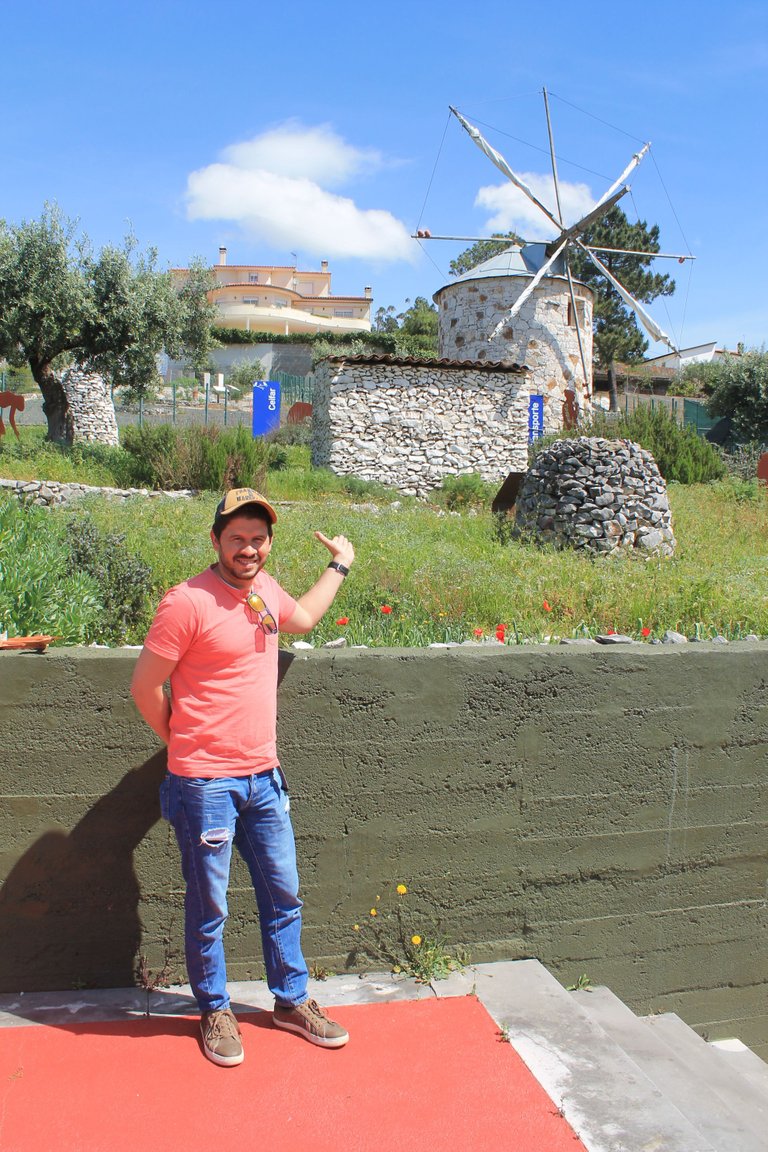

But with ingenuity and effort, man has spread myriads of olive trees over the steepest or most rocky slopes over the centuries, skilfully taking advantage of the smallest patches of soil. Sometimes, where the soil was scarcer, it was necessary to remove and calculate the quantities of stones, later placed in marches or used to build walls, also so typical of the limestone regions.😁😁
Pero con ingenio y esfuerzo, el hombre ha esparcido miríadas de olivos por las laderas más empinadas o más rocosas a lo largo de los siglos, aprovechando hábilmente las parcelas más pequeñas de tierra. En ocasiones, donde el suelo era más escaso, era necesario extraer y calcular la cantidad de piedras, luego colocadas en marchas o utilizadas para construir muros, también tan típicos de las regiones calizas.😮😮

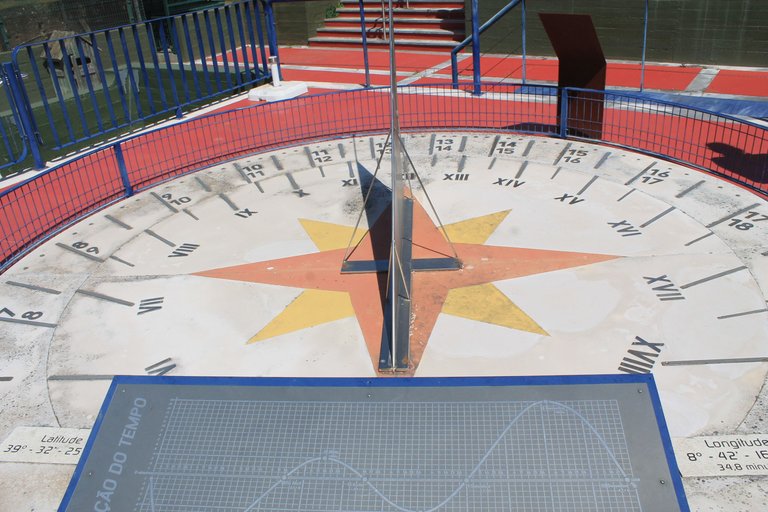


HOW TO FORM LA CUEVA🚙😮👨🏫🌺

After waiting the 20 minutes it was time to start the tour, our first station was this room where they screened a 10 min movie to explain how the cave was formed! enjoy it!😎😎
Luego de esperar los 20 minutos era hora de comenzar el recorrido, nuestra primera estacion fue este cuarto donde proyectaron una pelicula de 10min para explicar como se formo la cueva! disfrutalo!😅😅











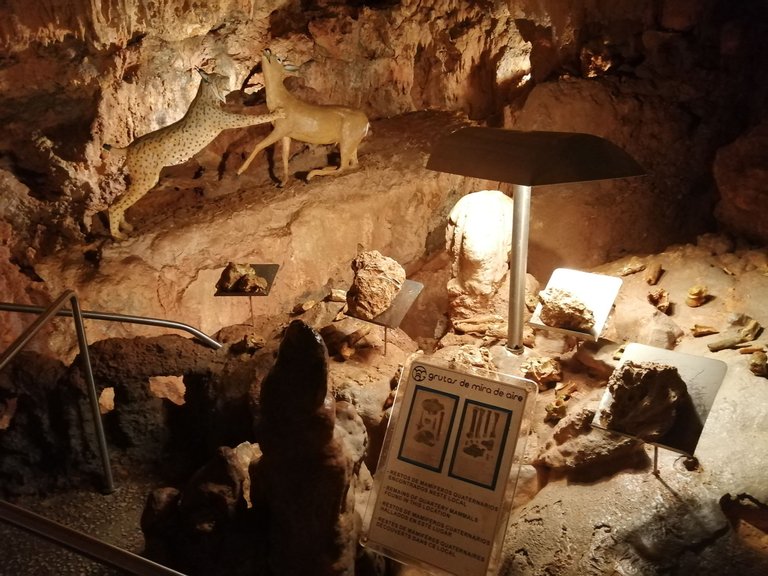




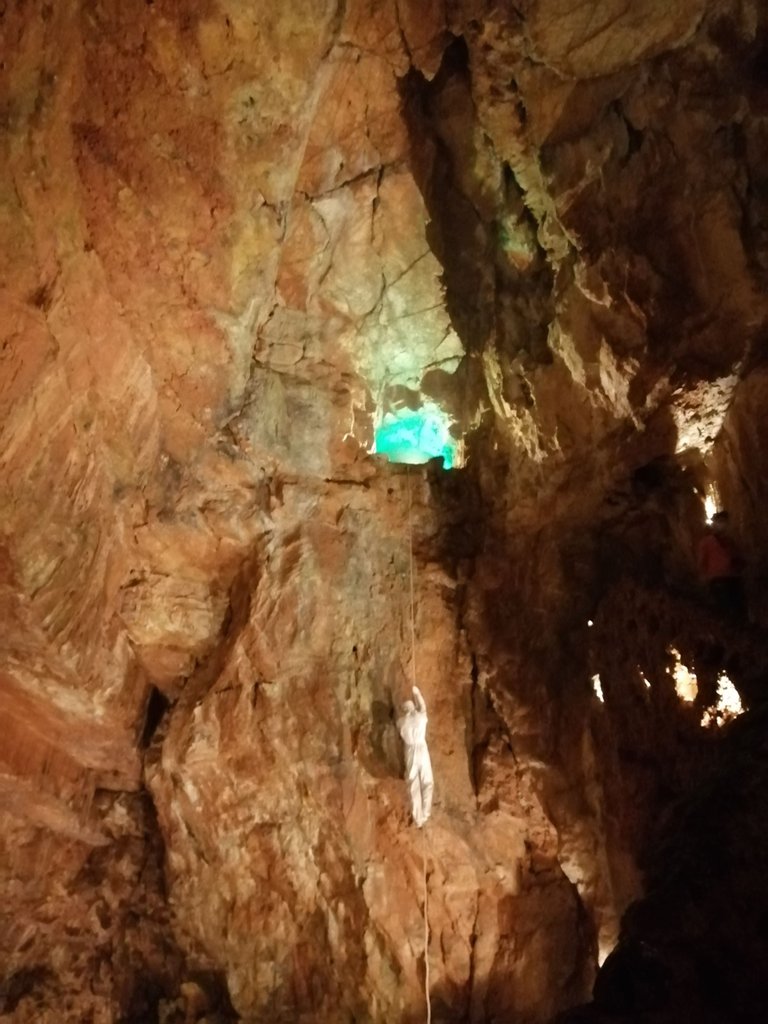
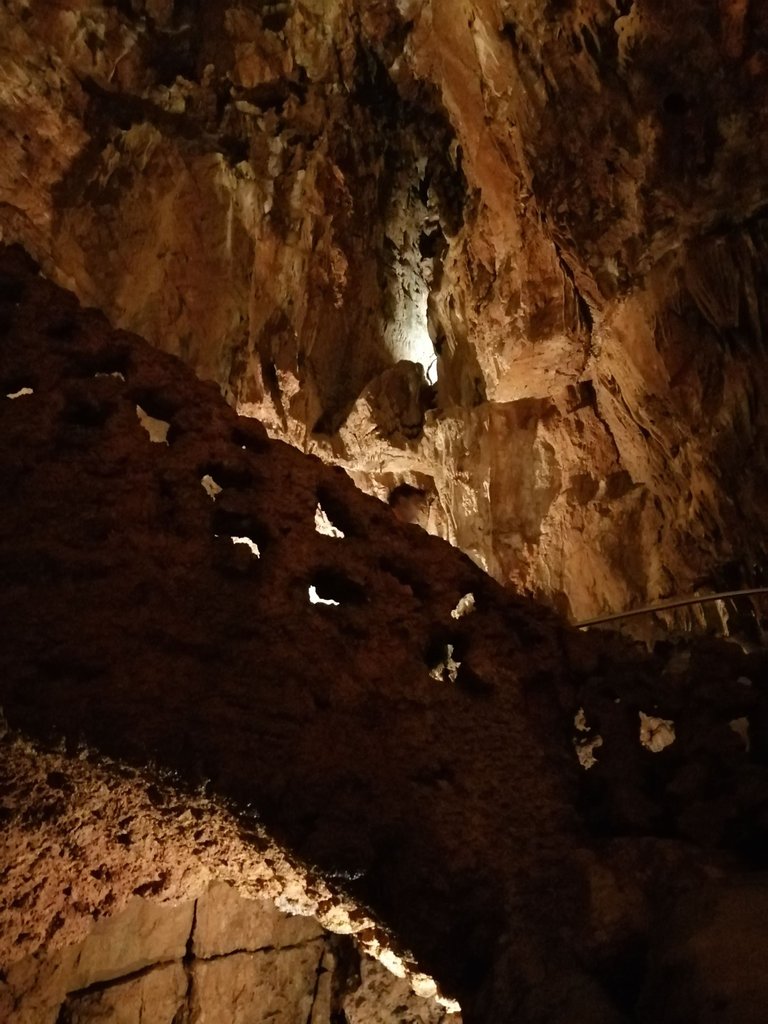
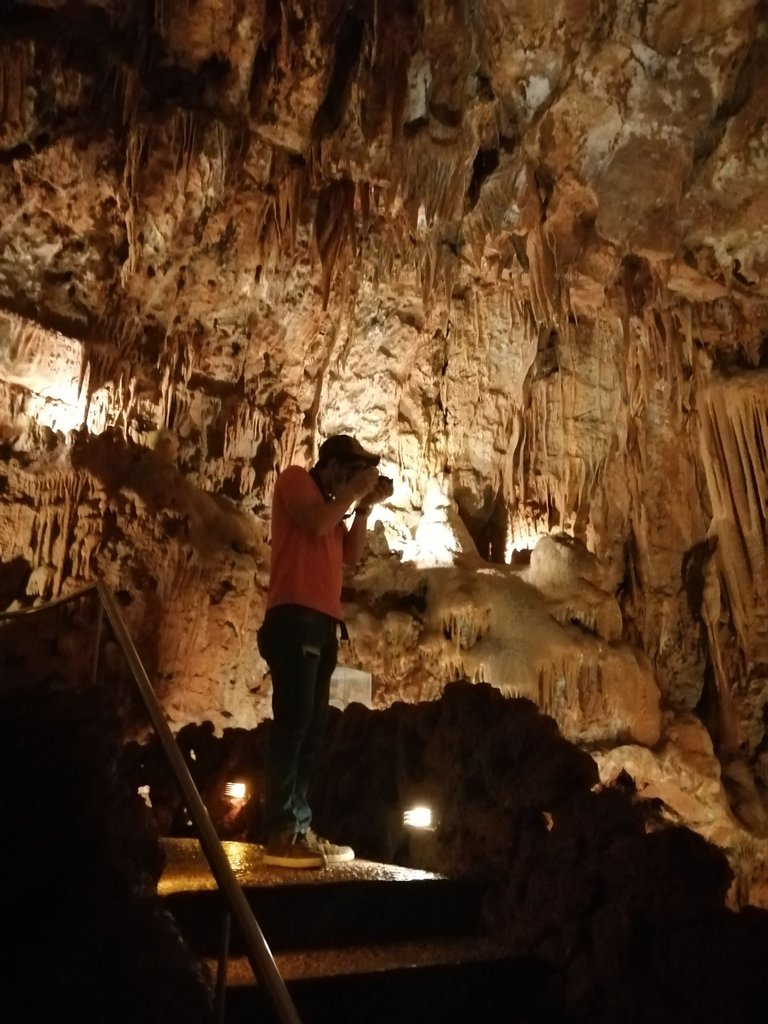


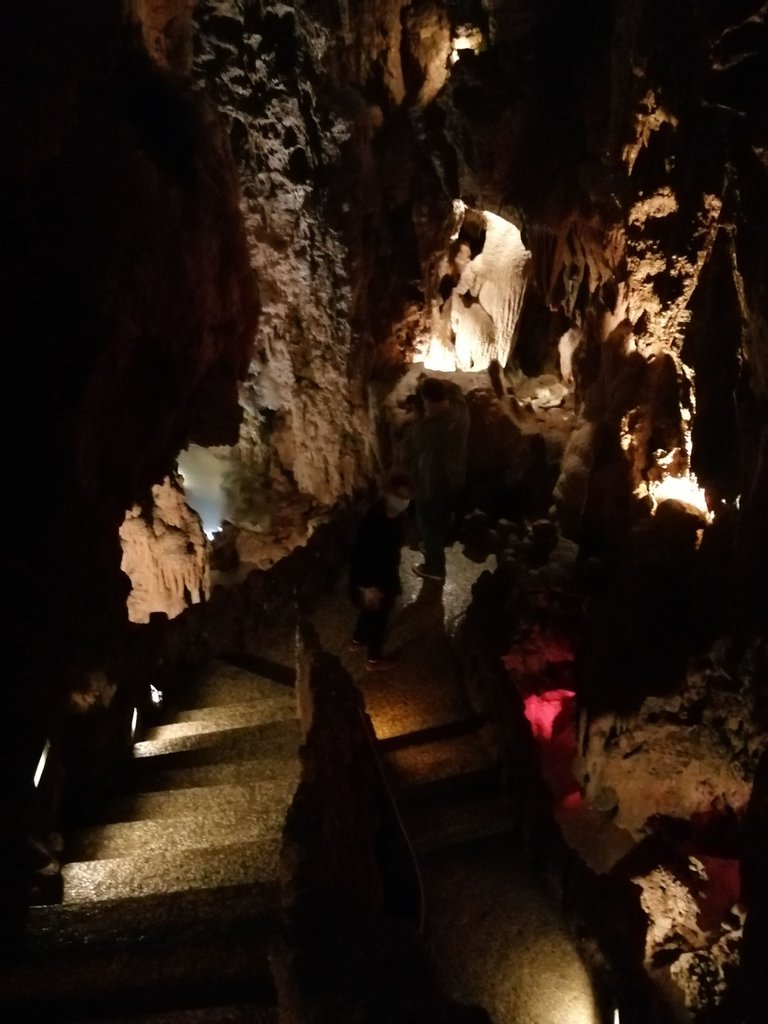

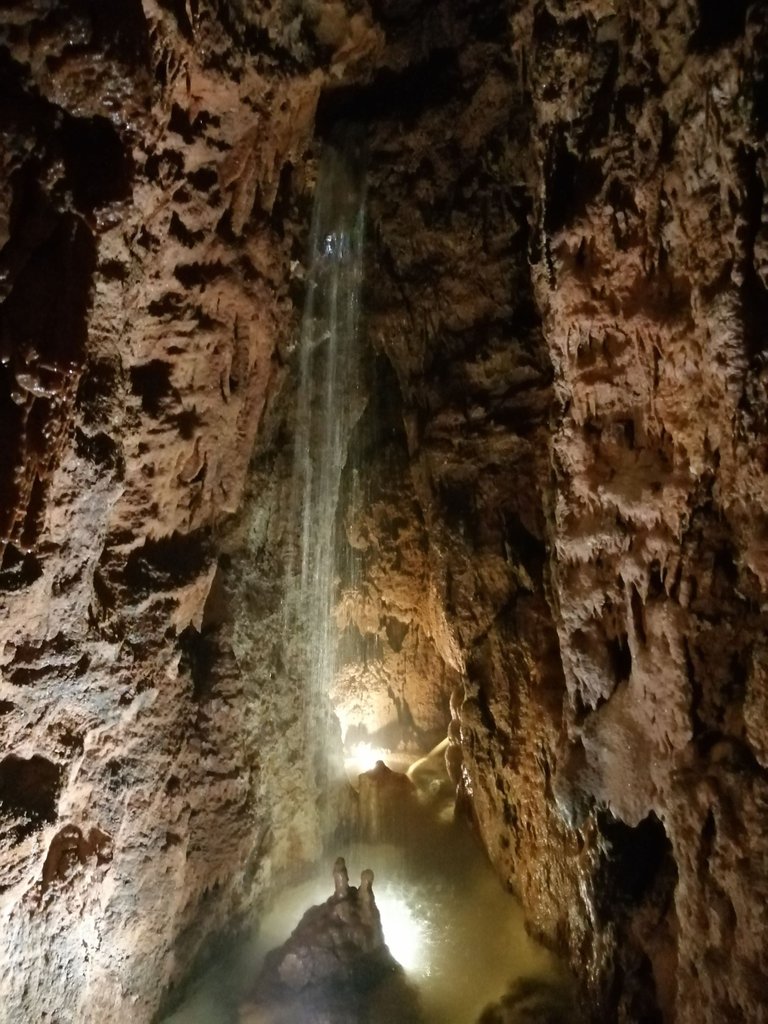
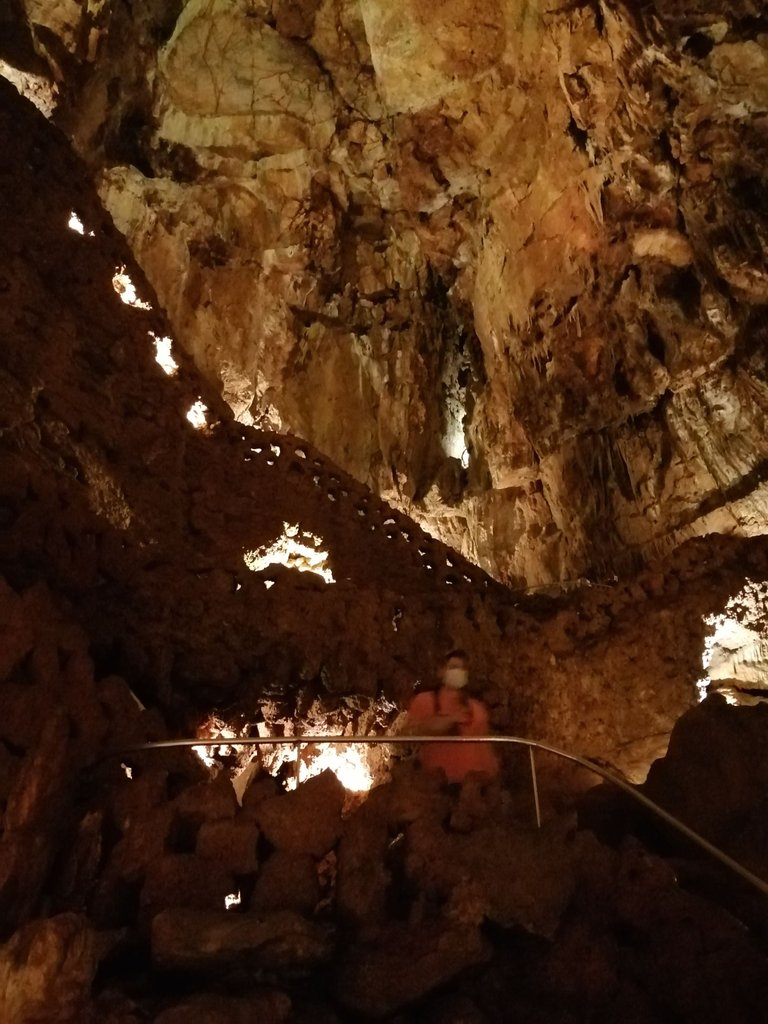
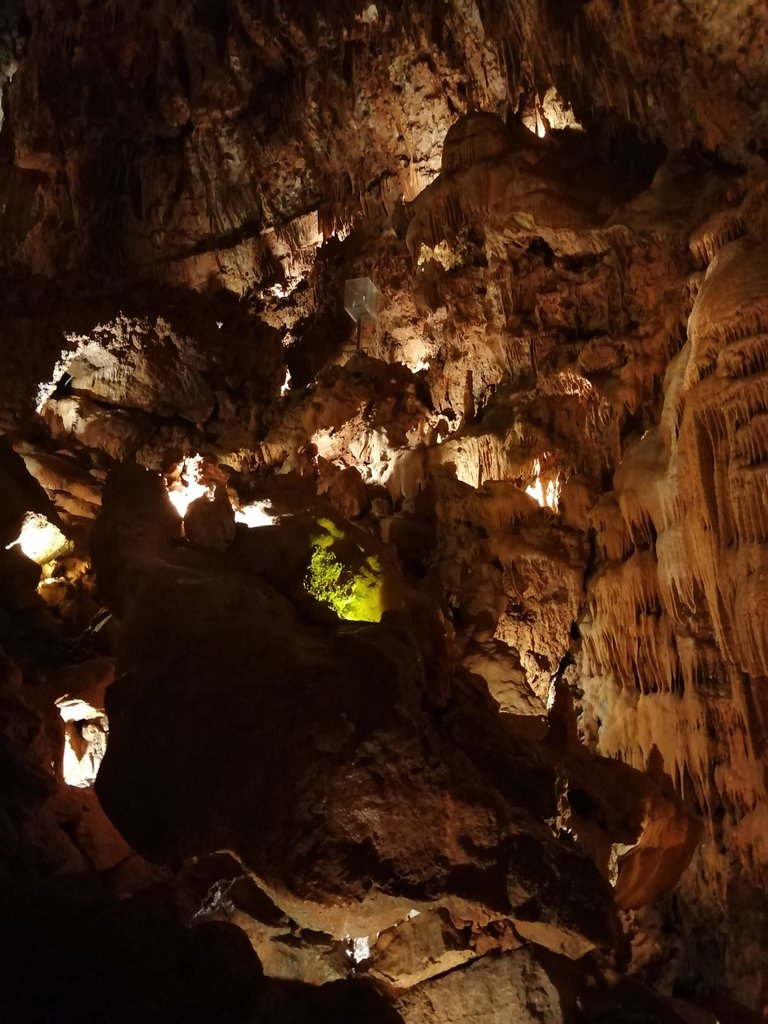
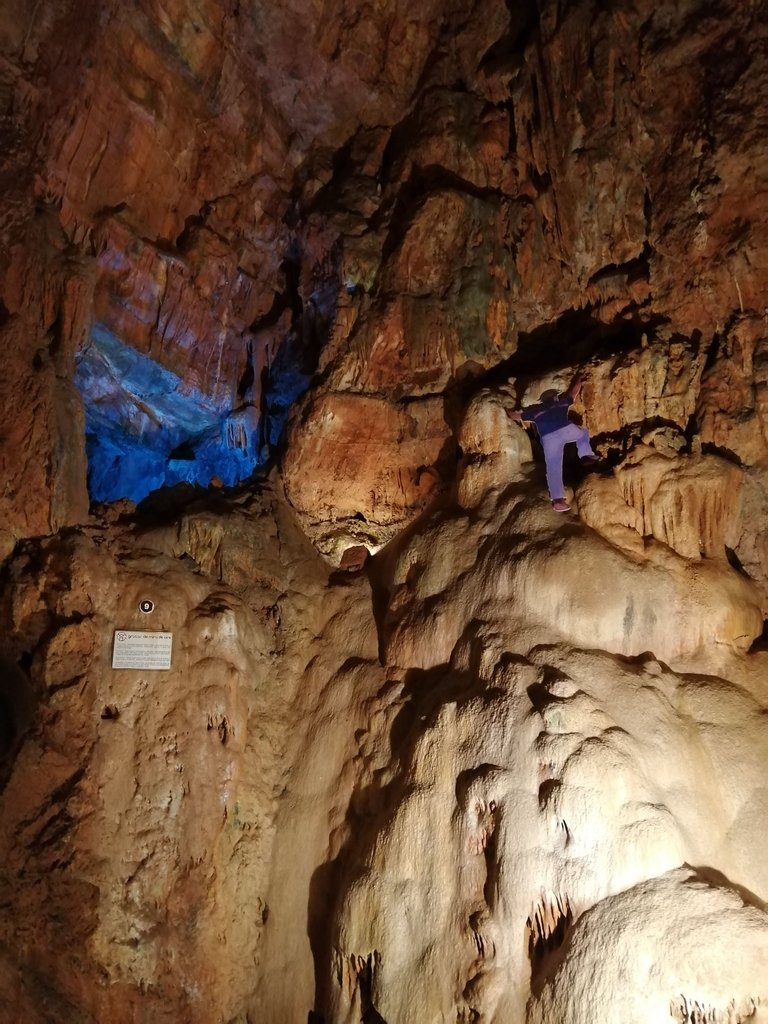
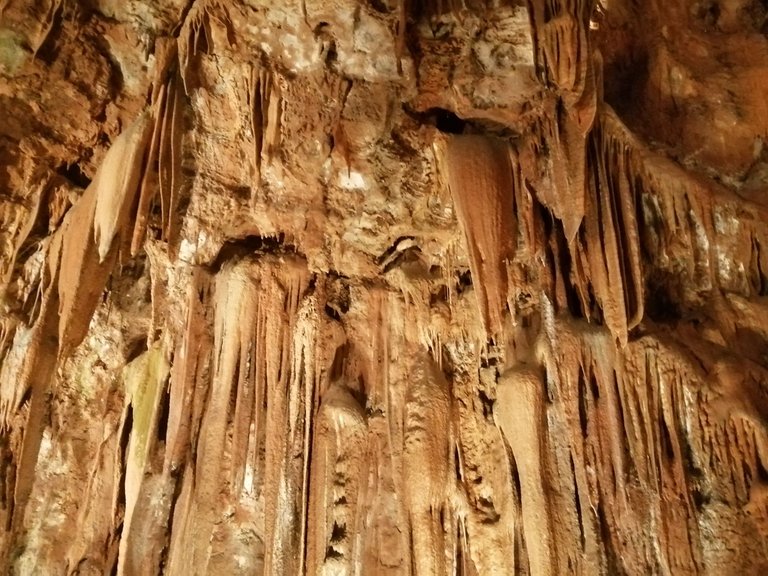
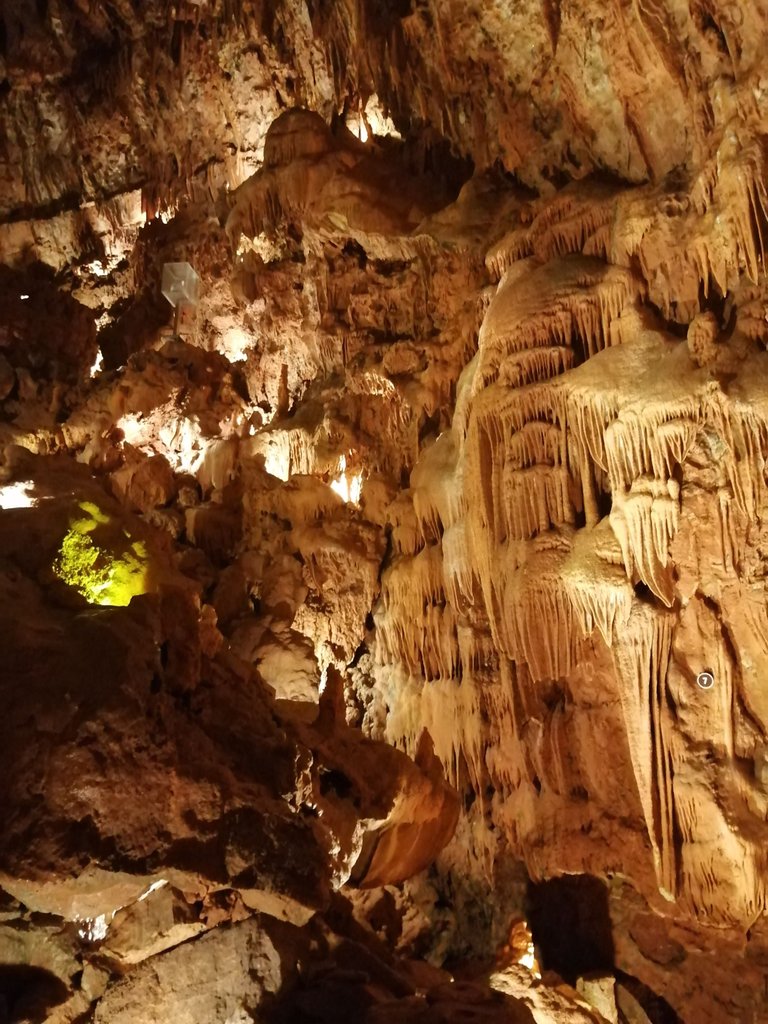

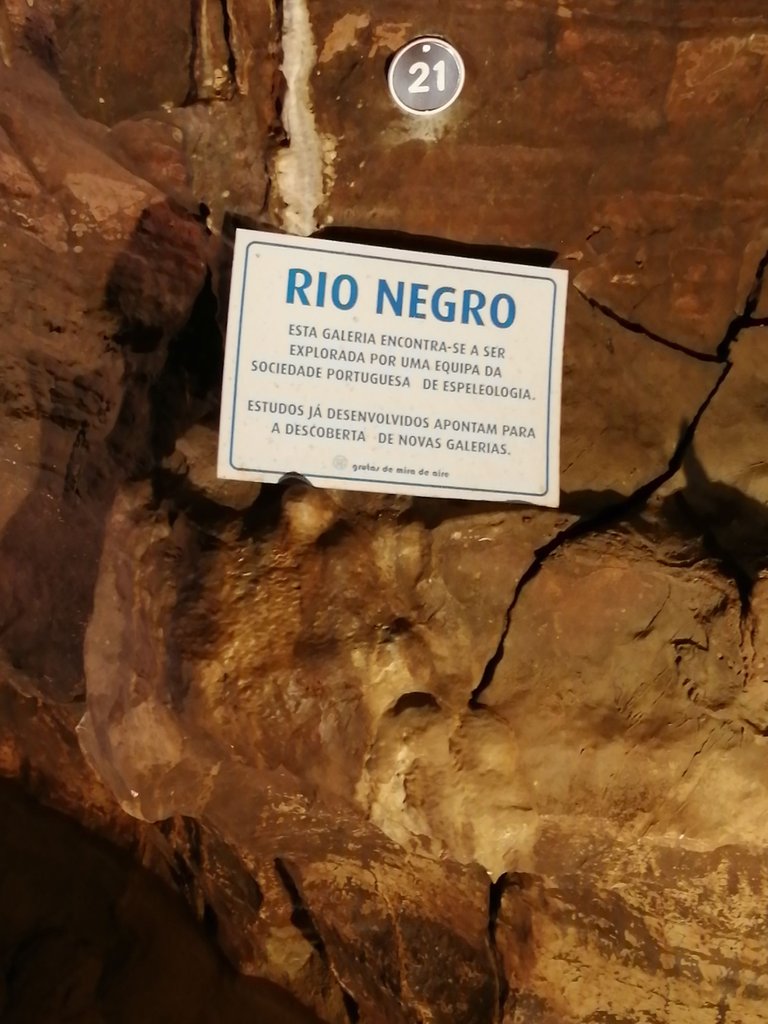

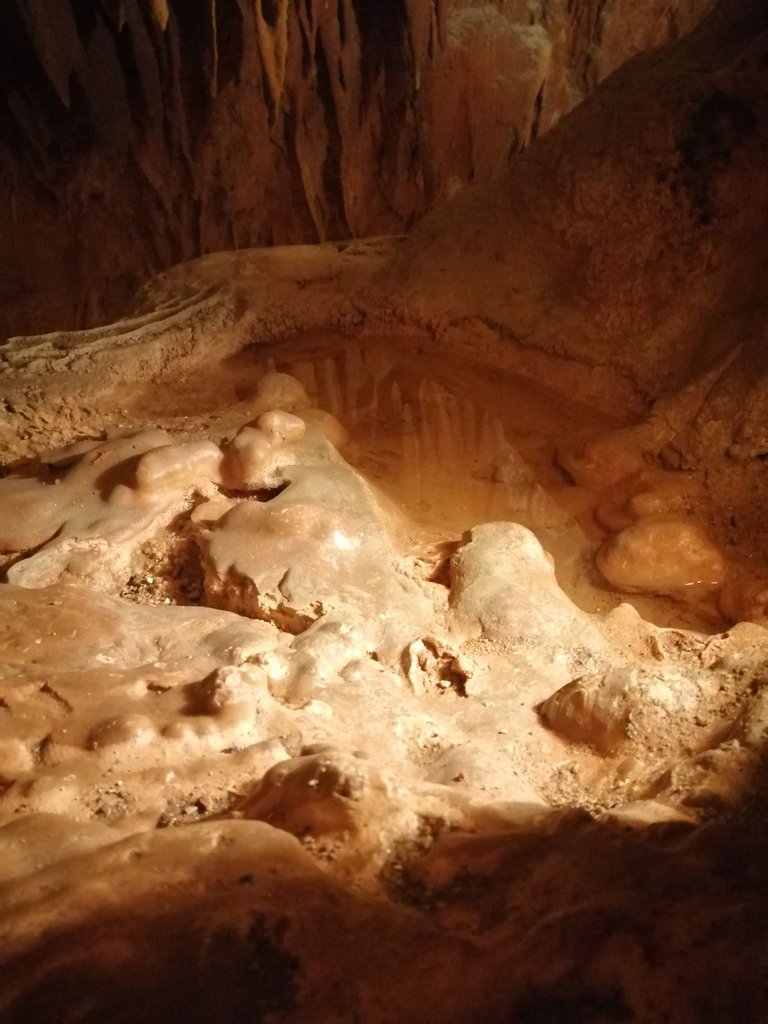

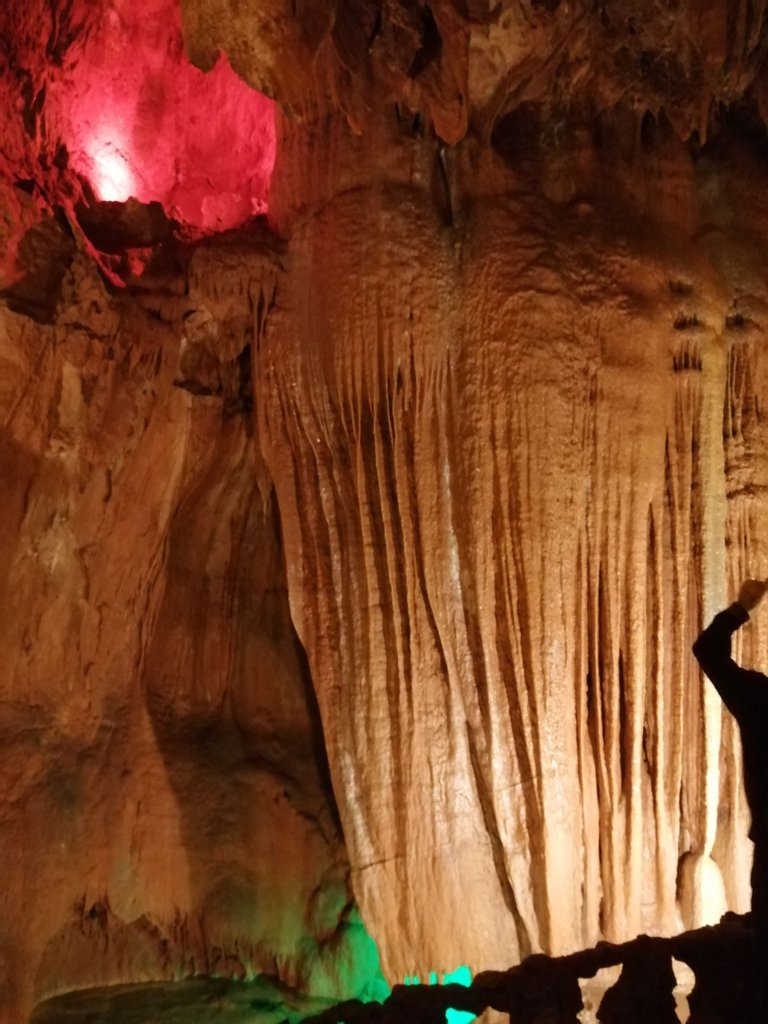
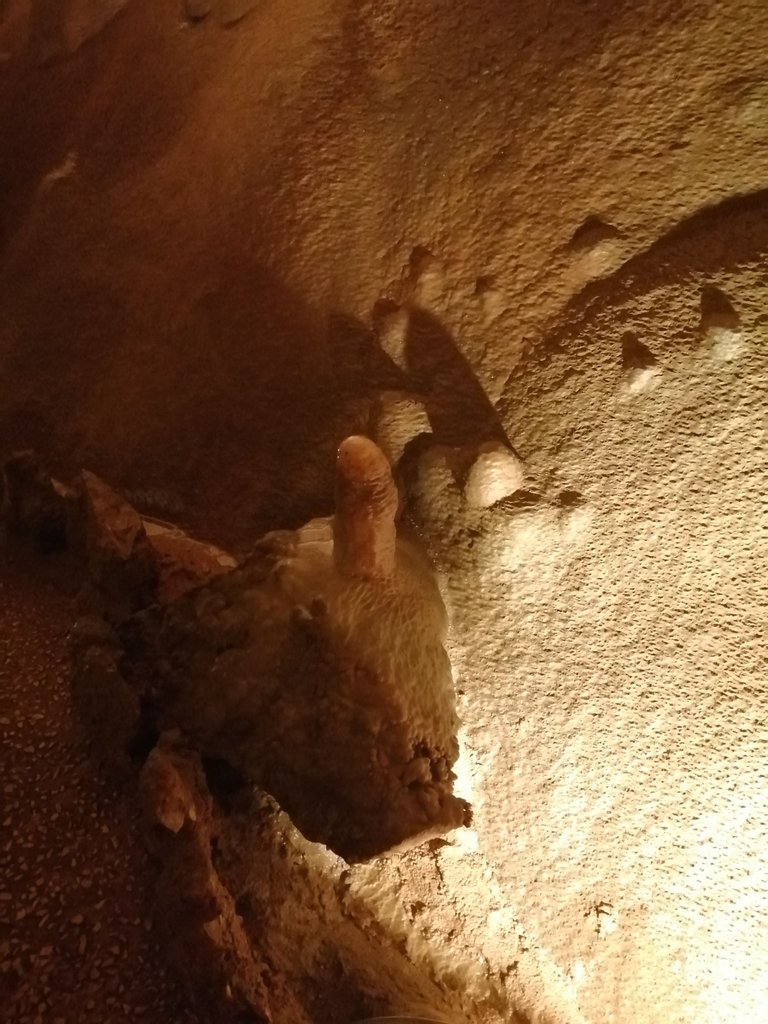

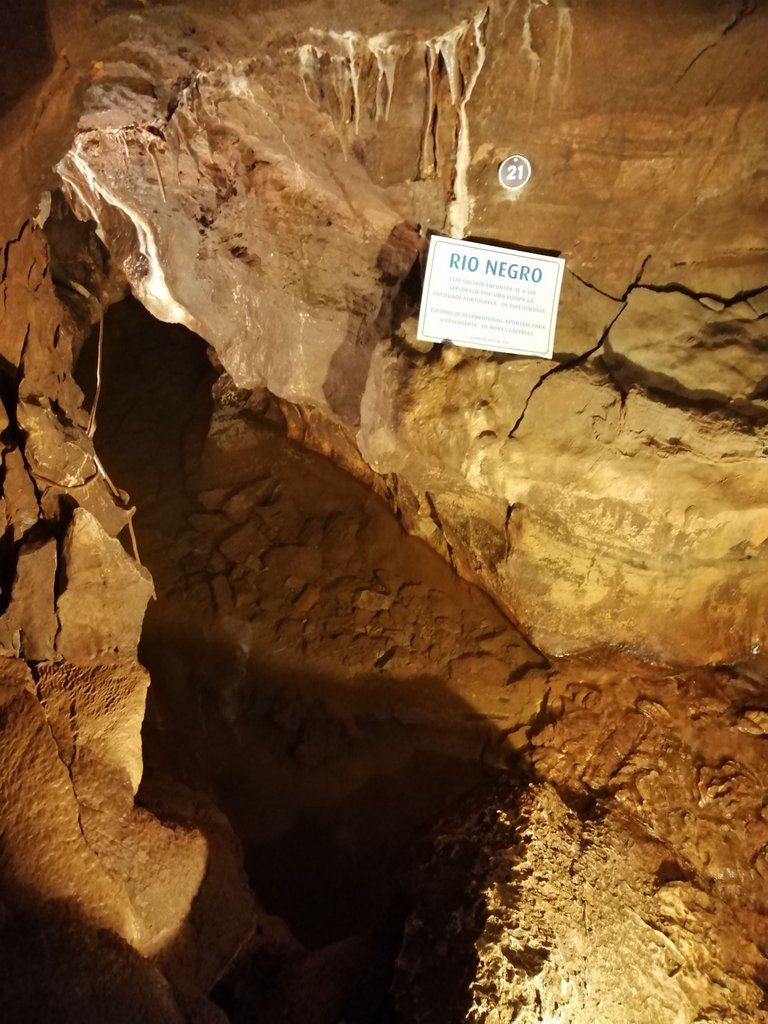




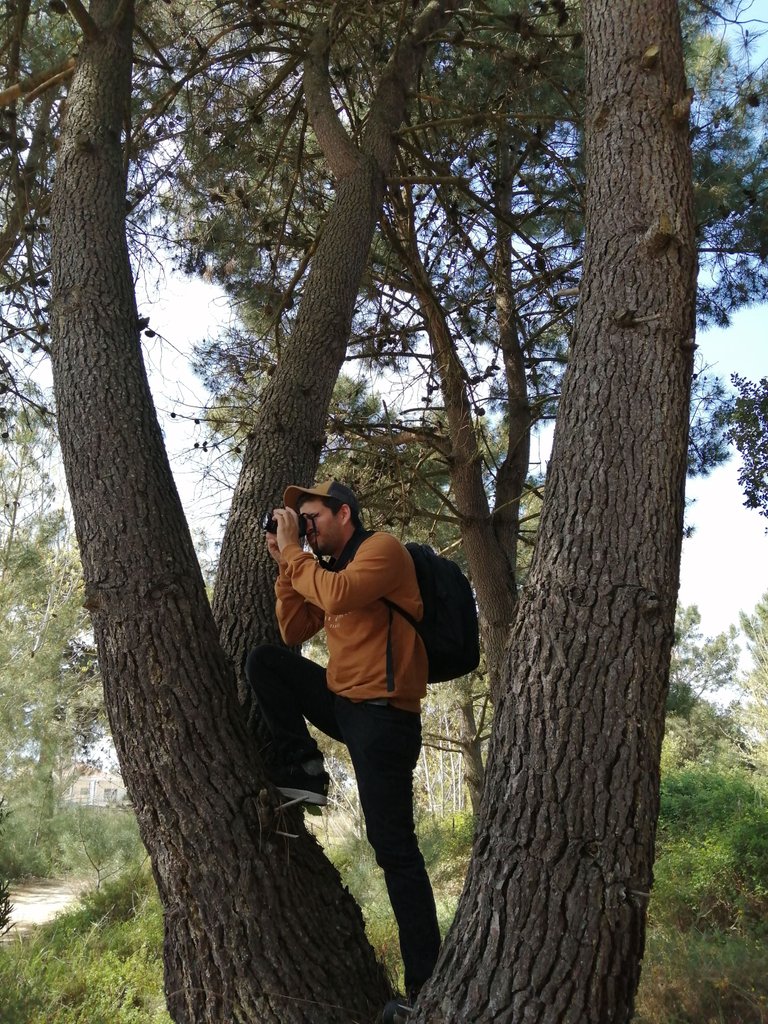
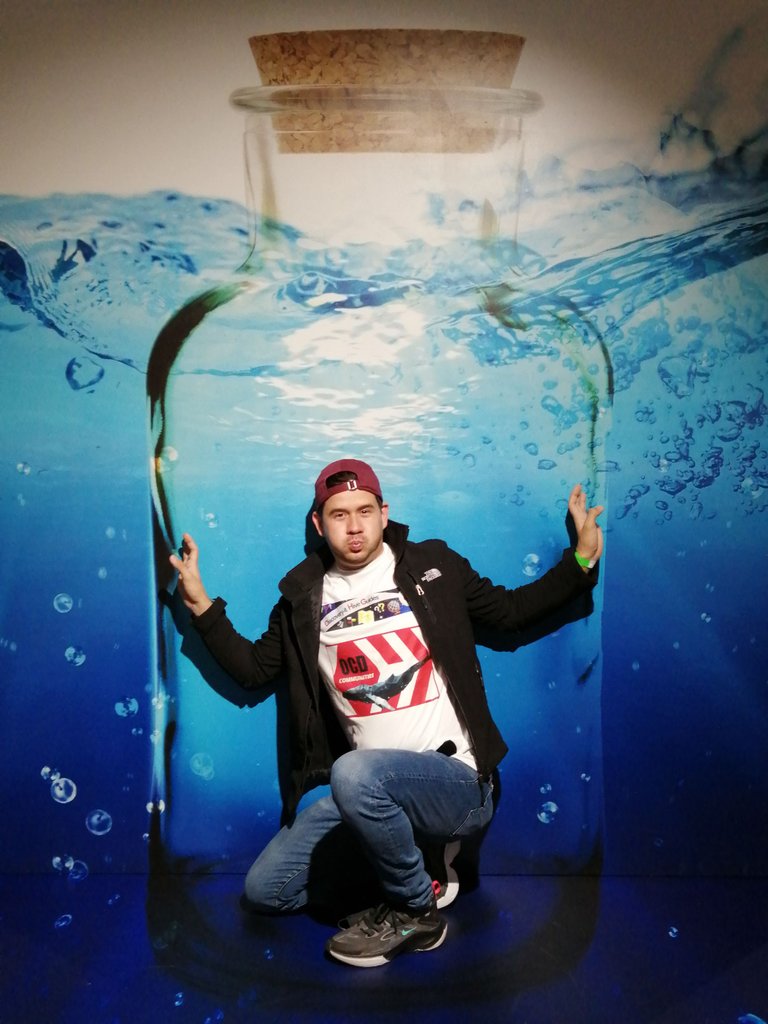
















































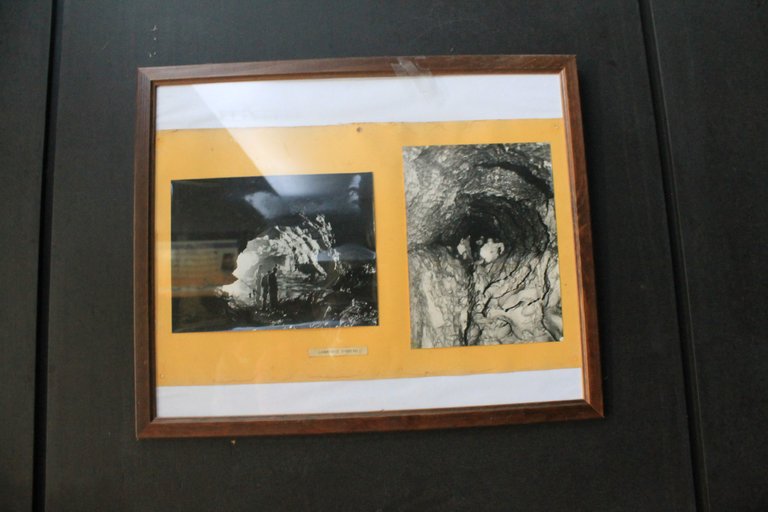


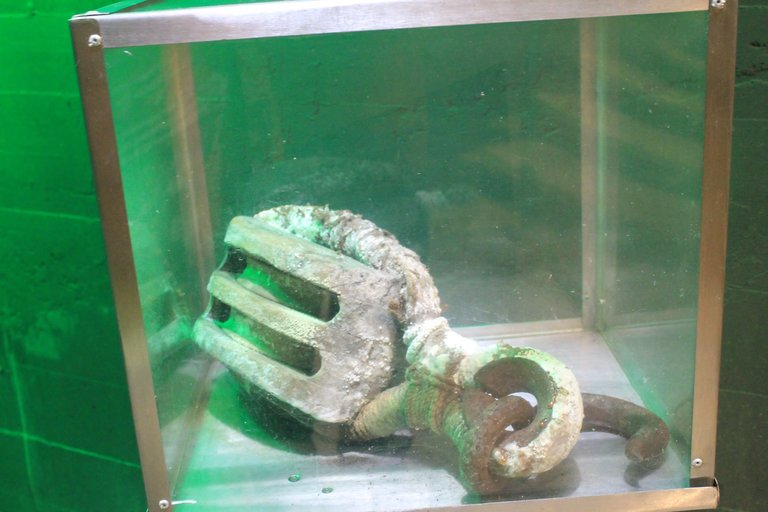

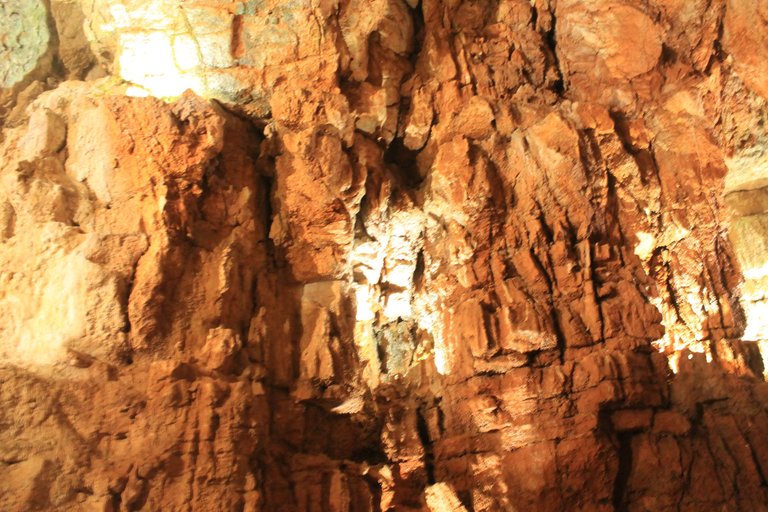
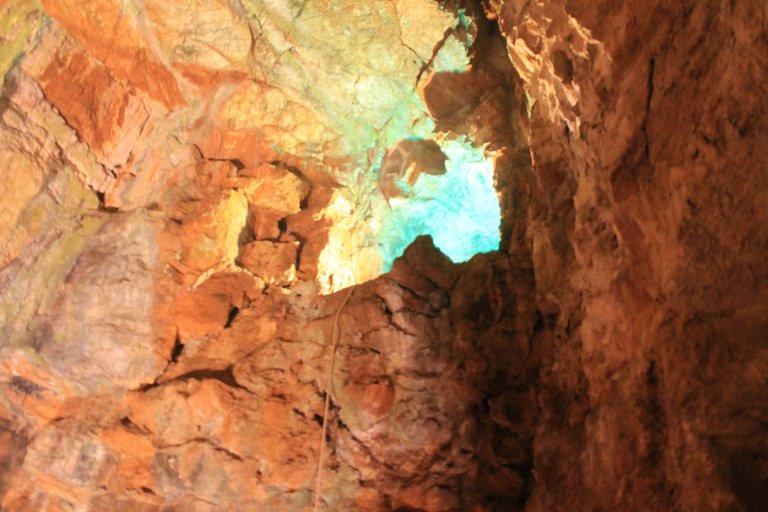

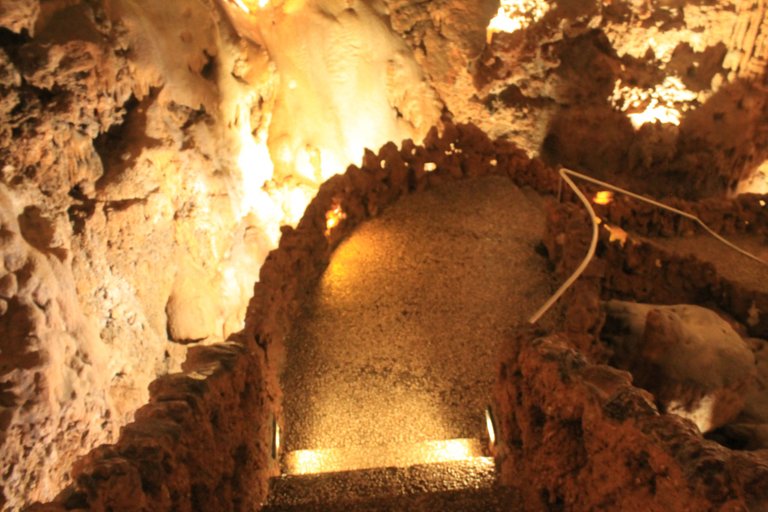
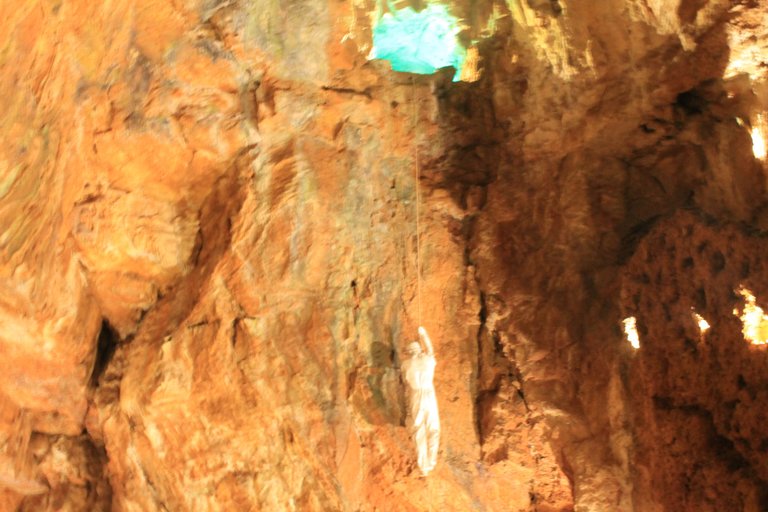
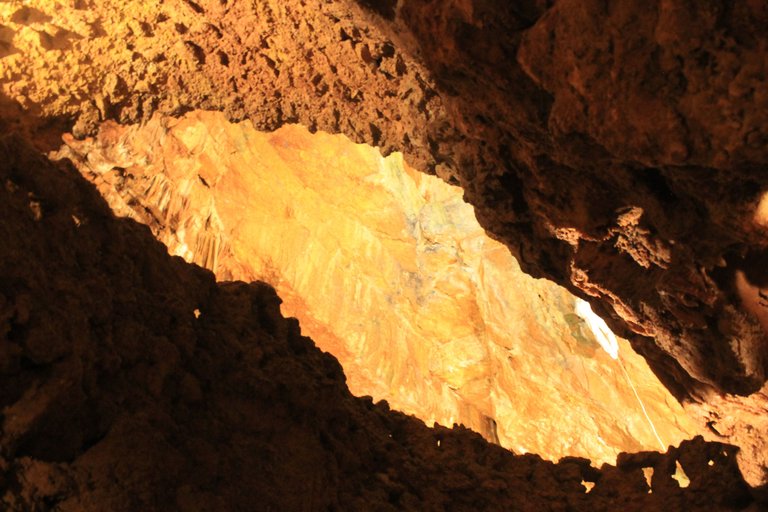
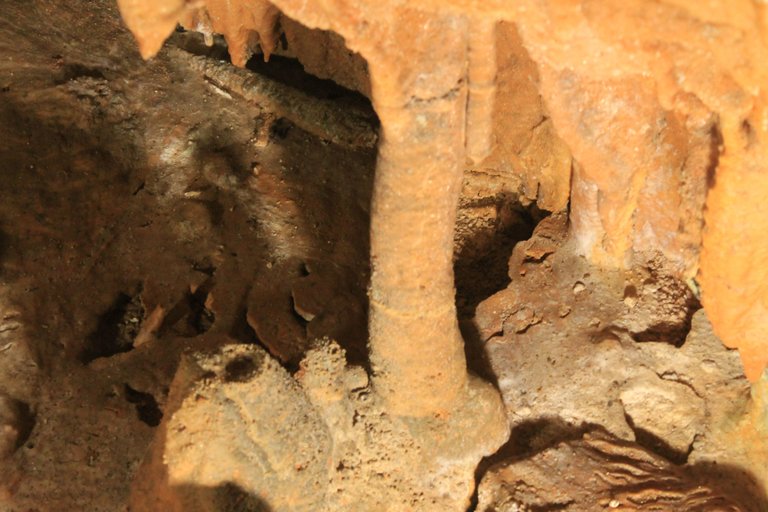
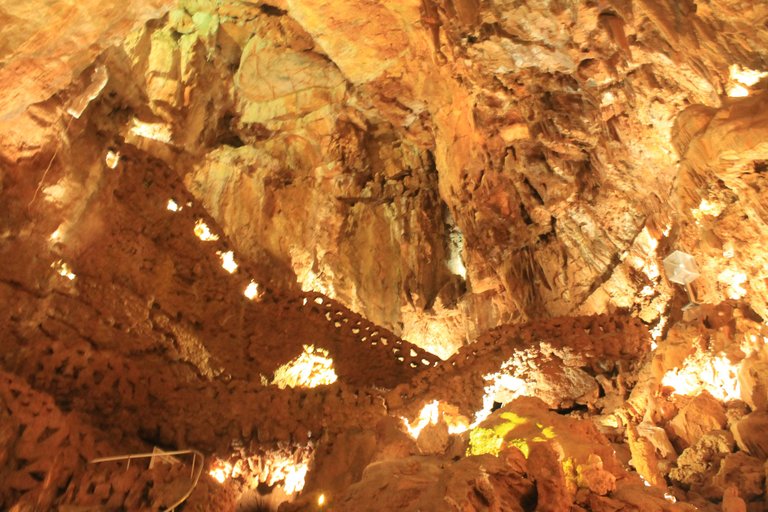
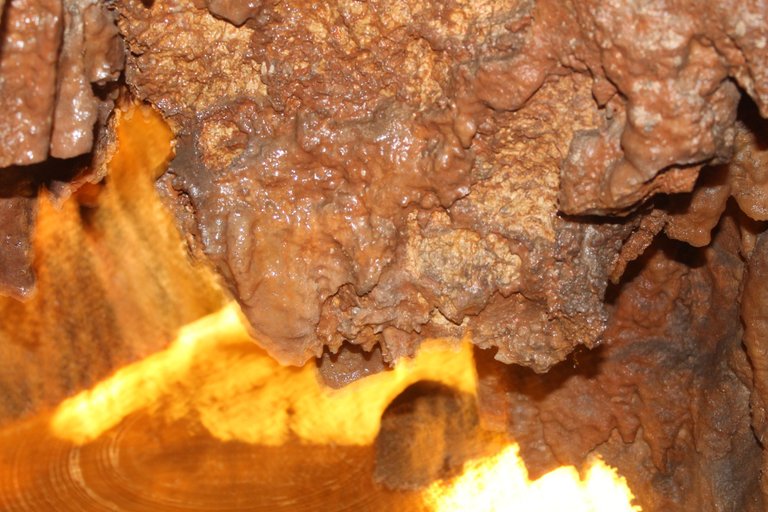
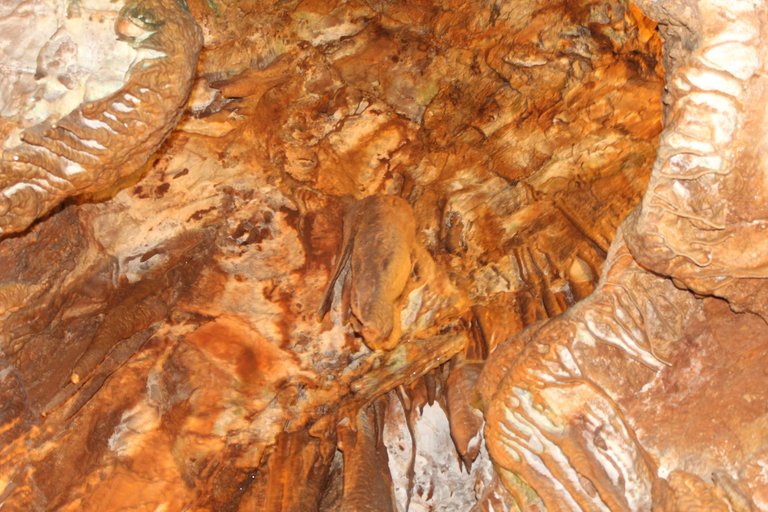
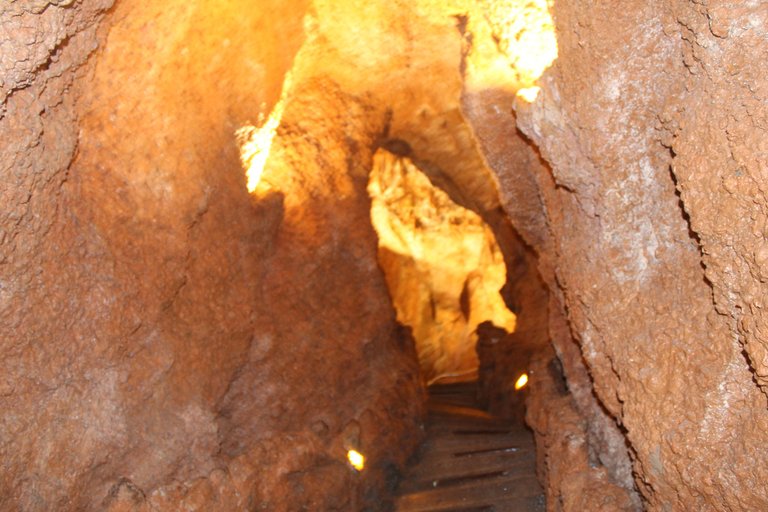

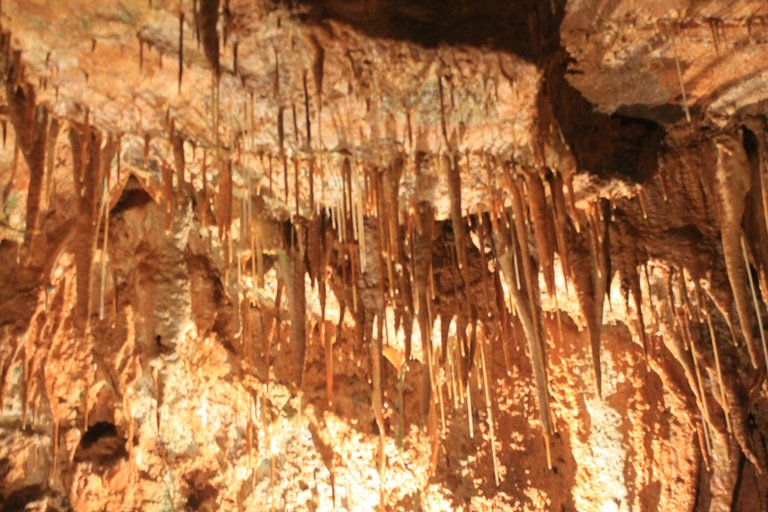
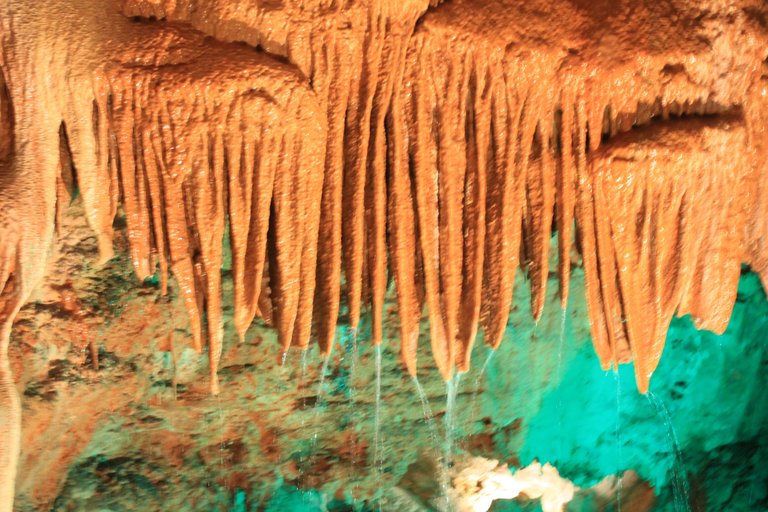
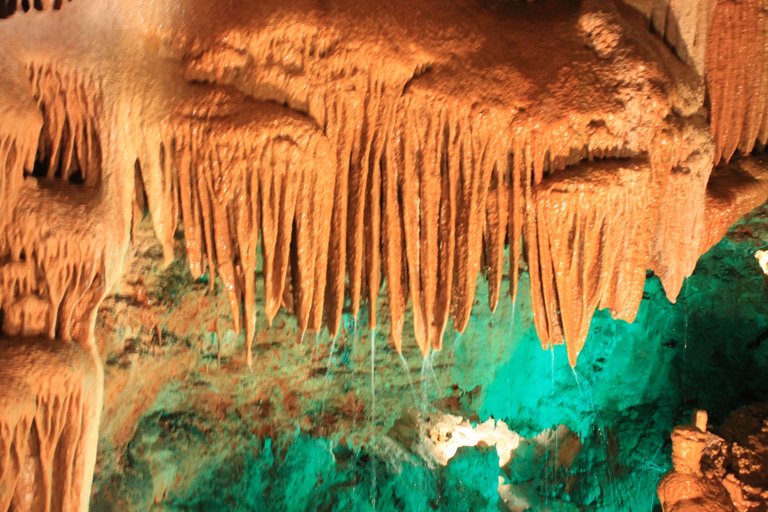


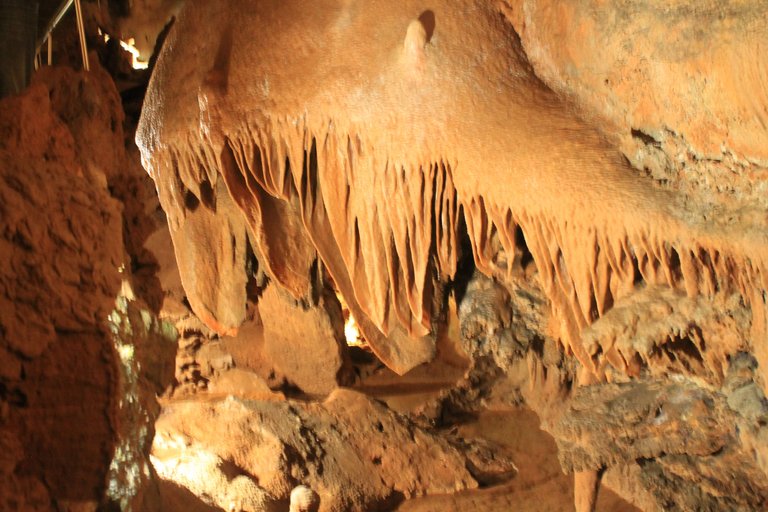
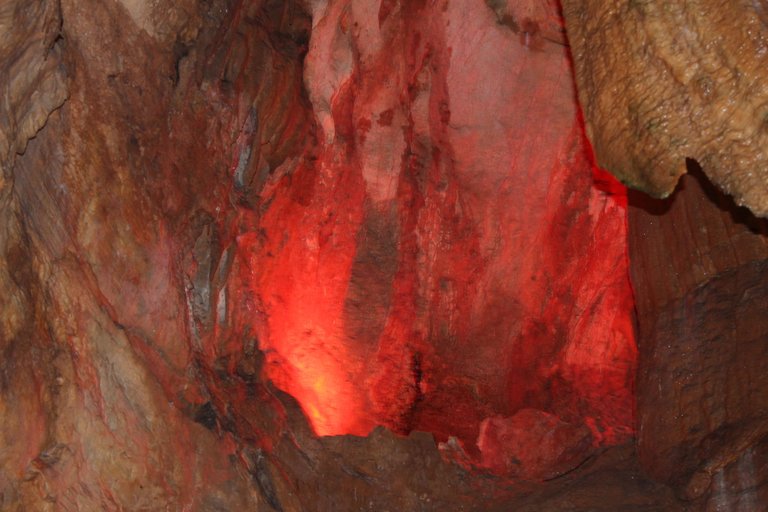
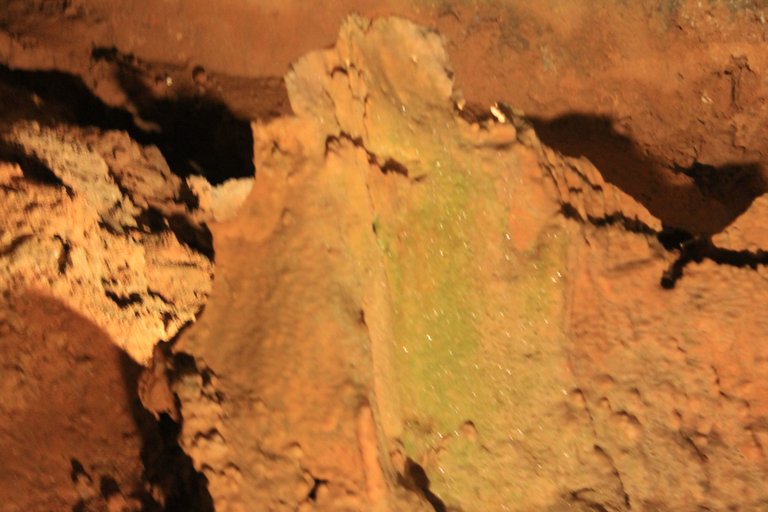

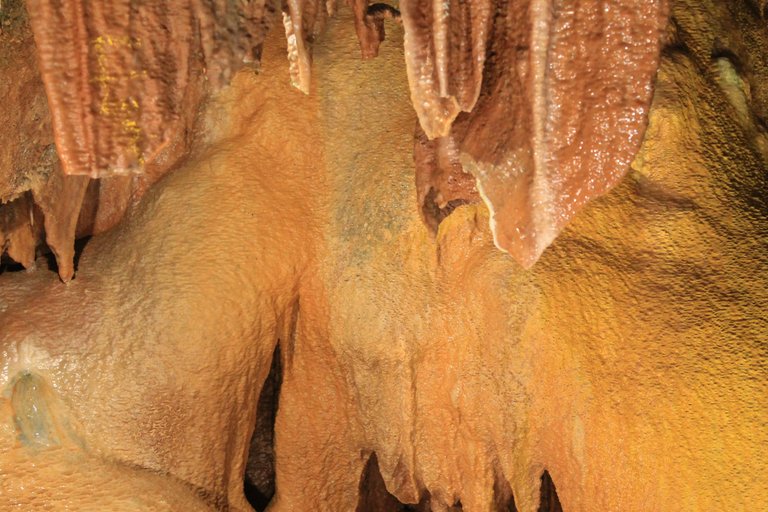
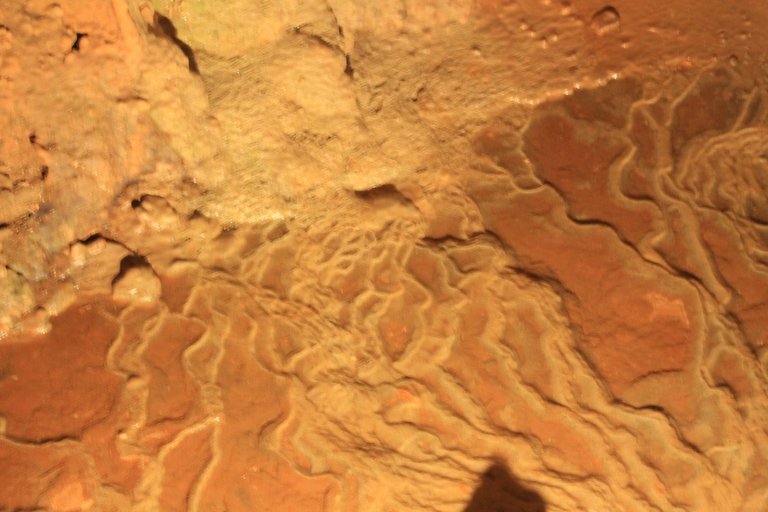
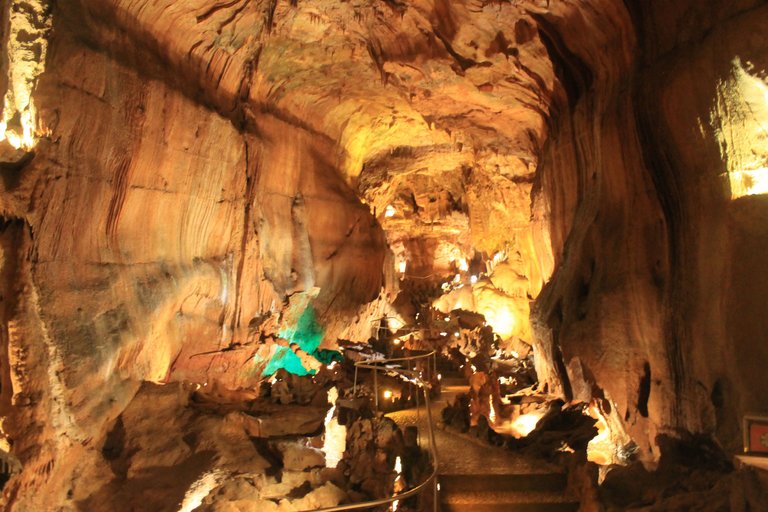
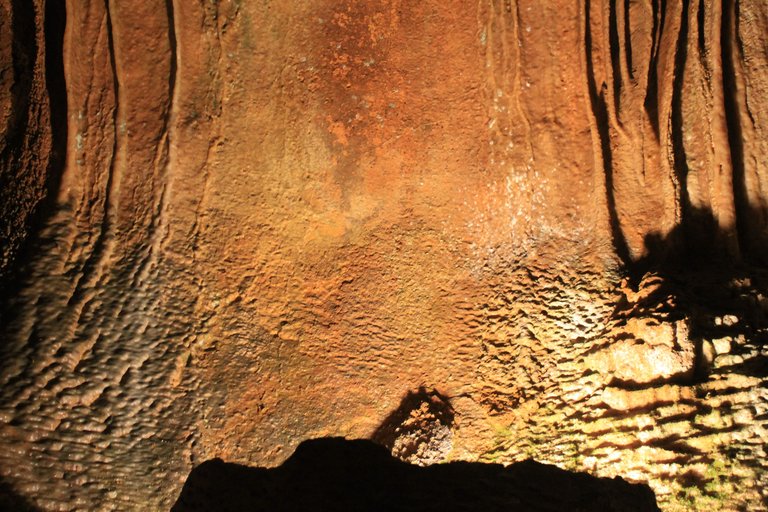
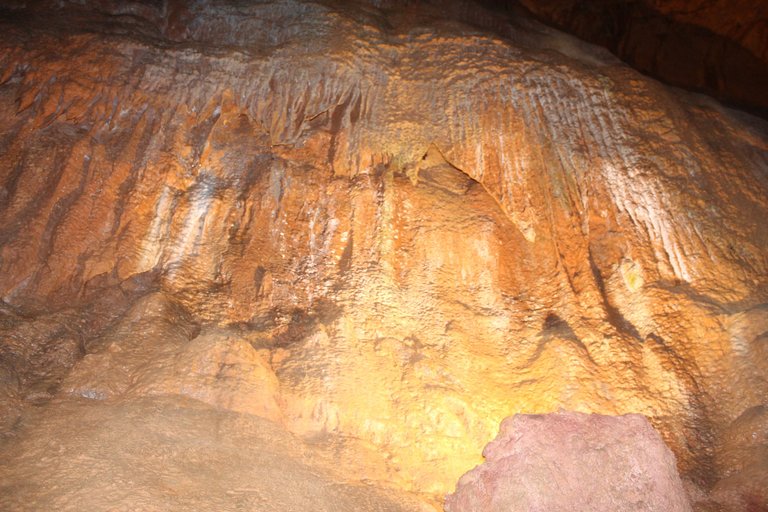
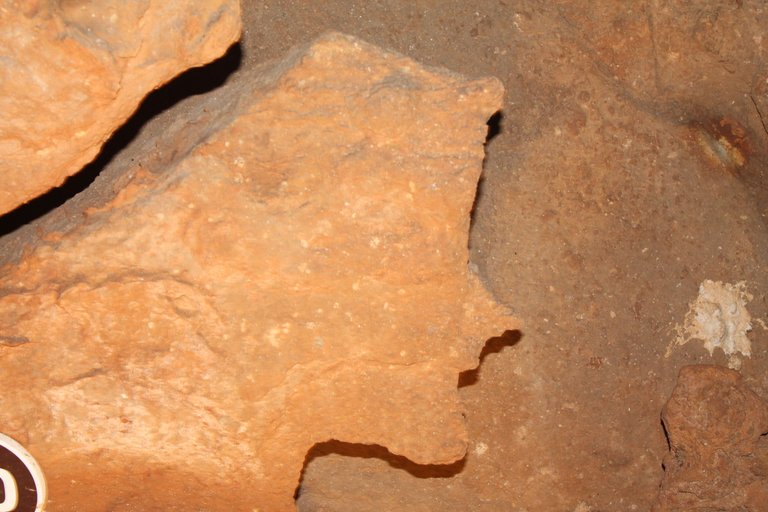

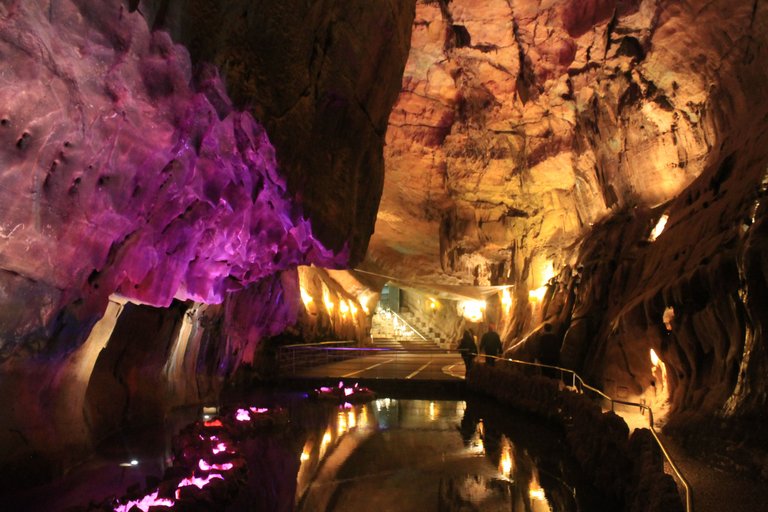

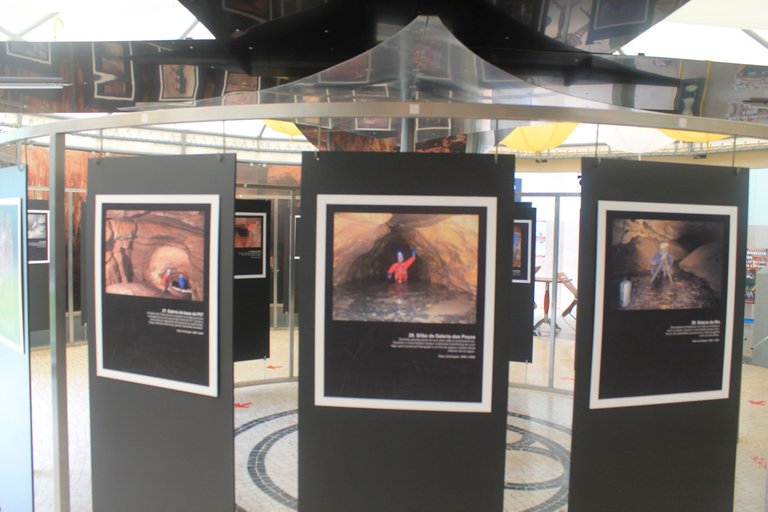
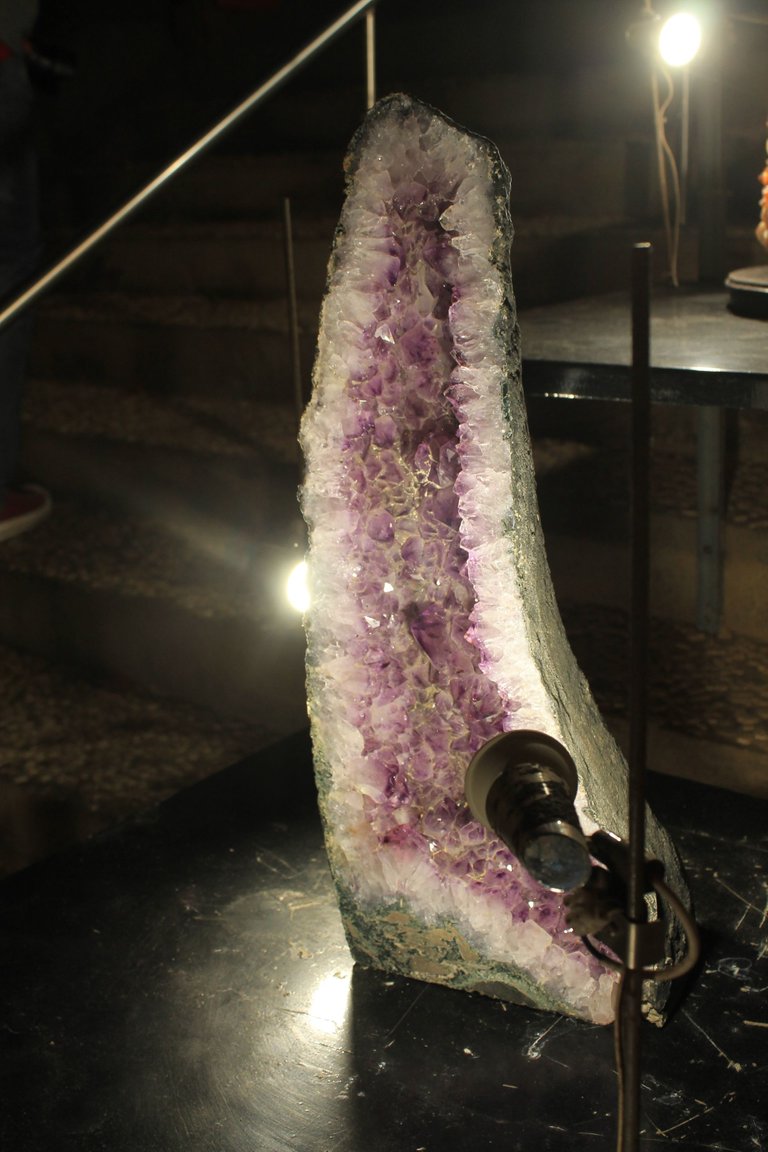

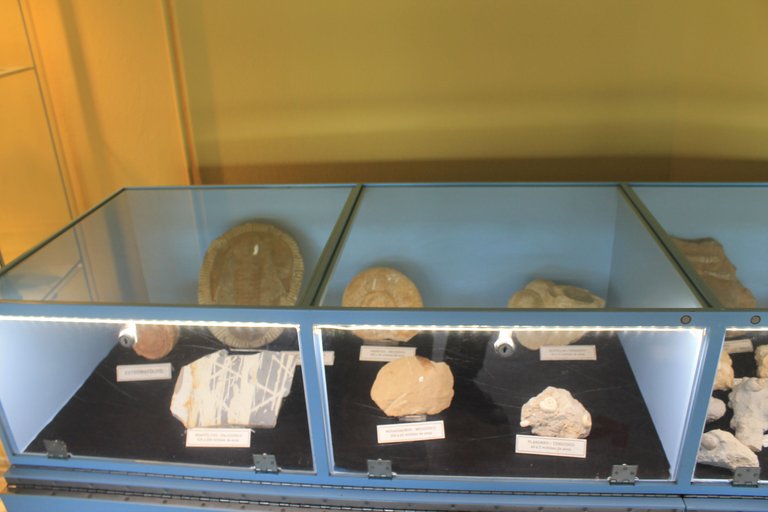

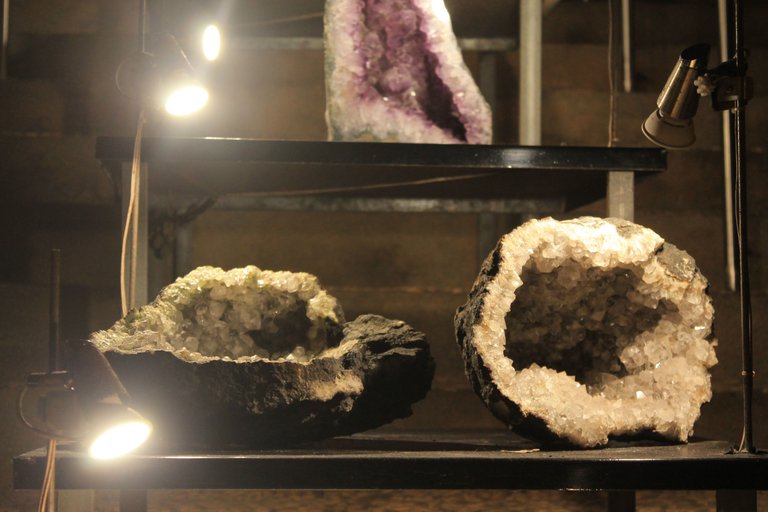
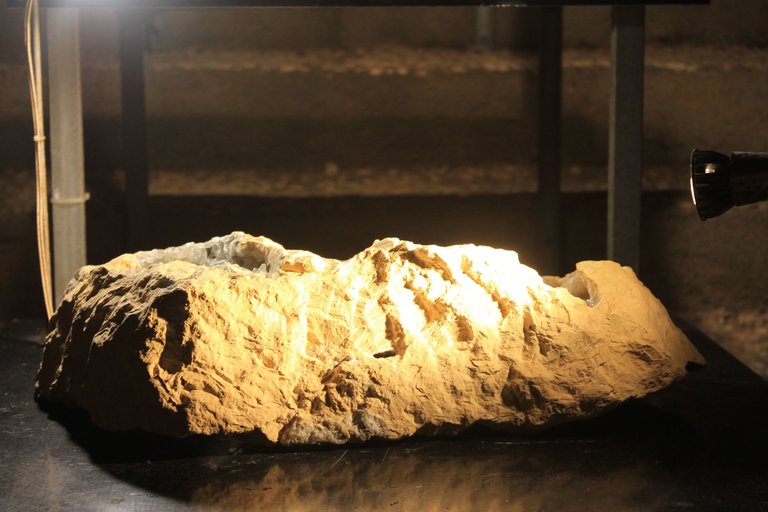
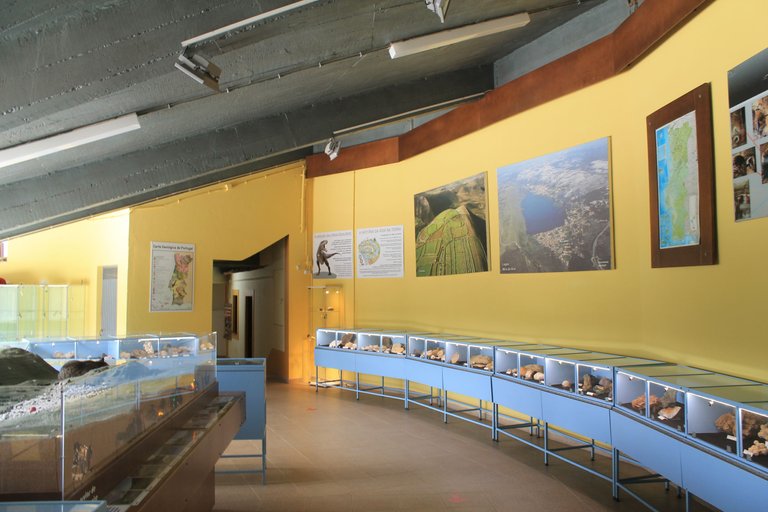

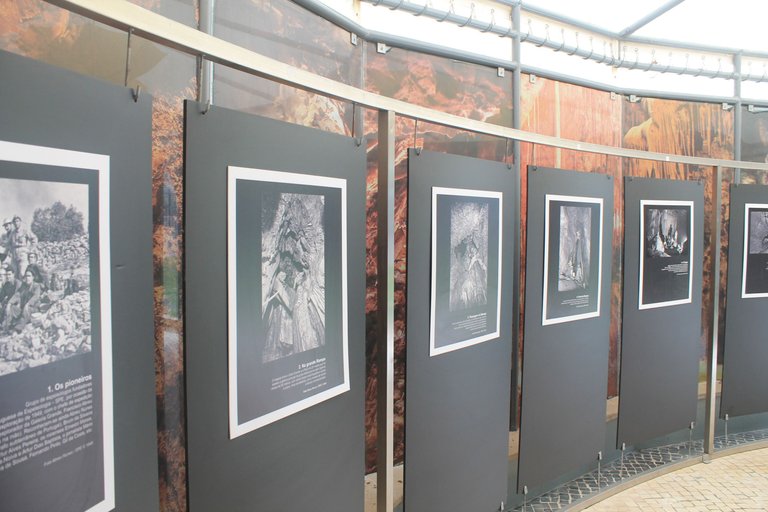

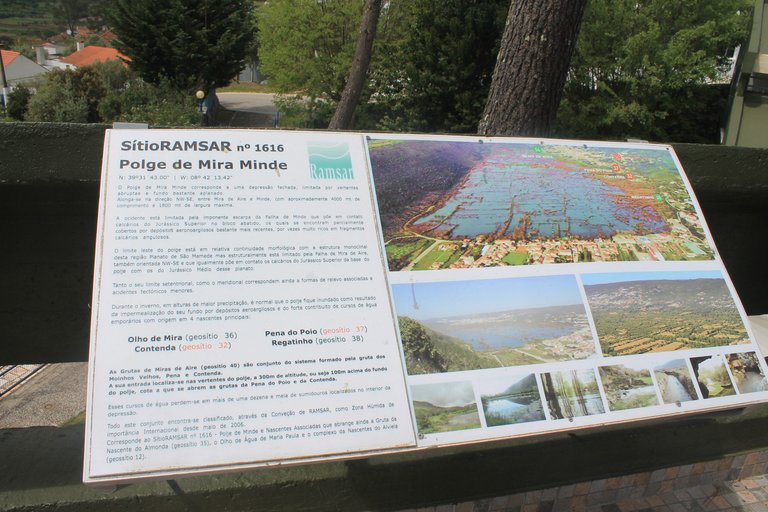
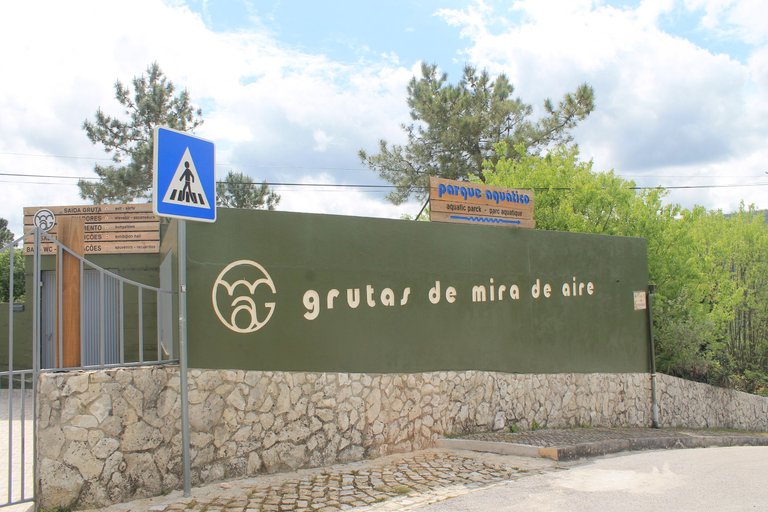
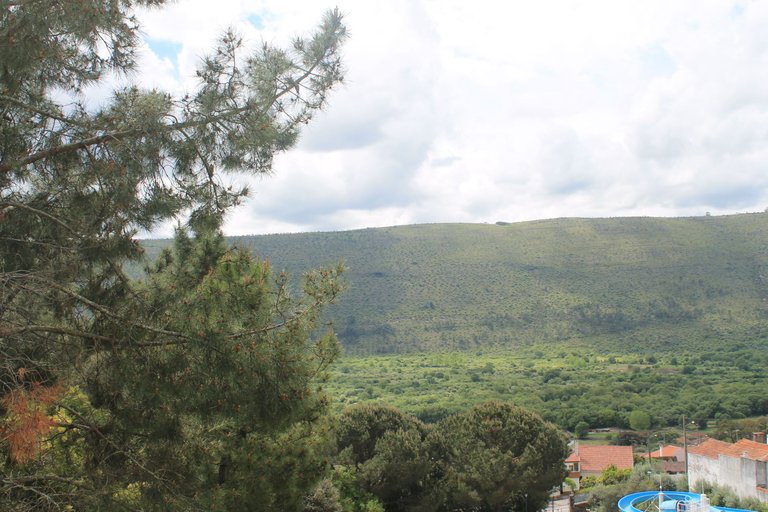

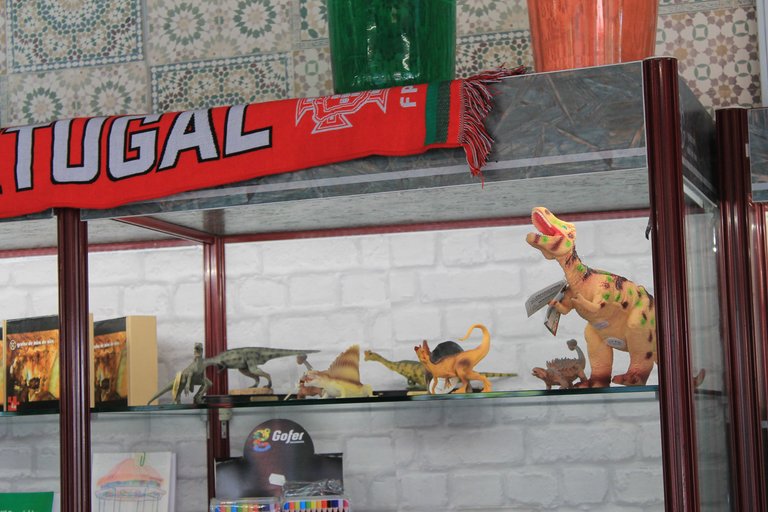
View or trade
BEER.Hey @oscurity, here is a little bit of
BEERfrom @pixresteemer for you. Enjoy it!Learn how to earn FREE BEER each day by staking your
BEER.You take really nice pictures. Great work.
So impressive! 😯 congratulations for the post, very well done, and for the photos! A wonderful place!
Welcome to the Amazing Nature team! The cave is awesome. I like the stalactites that hang down like teeth.
You need a !BEER and a tip after writing this most informative post on your country.
View or trade
BEER.Hey @oscurity, here is a little bit of
BEERfrom @redheadpei for you. Enjoy it!Learn how to earn FREE BEER each day by staking your
BEER.Nice shots!discovery 15
This post was shared and voted inside the discord by the curators team of discovery-it
Join our community! hive-193212
Discovery-it is also a Witness, vote for us here
Delegate to us for passive income. Check our 80% fee-back Program
What a beautiful amazing trip! I've only been in a cave once and it was amazing it's like you're taken to an all new world.
Wow, amazing place! There's such clear water that I'd like to swim there! 🙂🙃
Wunderfool cute nice ;) wow